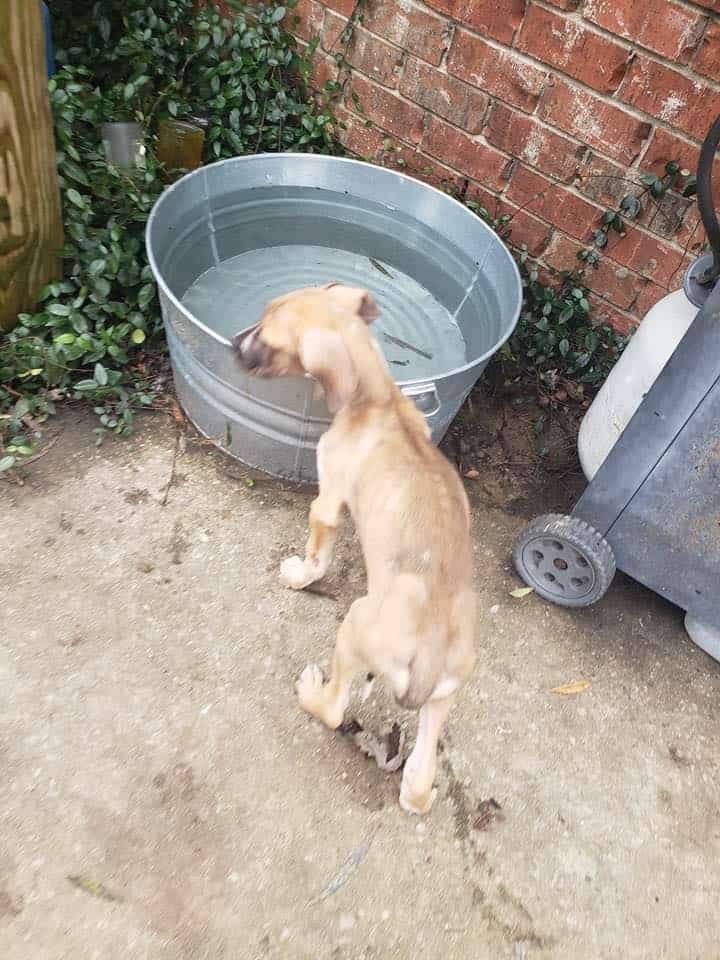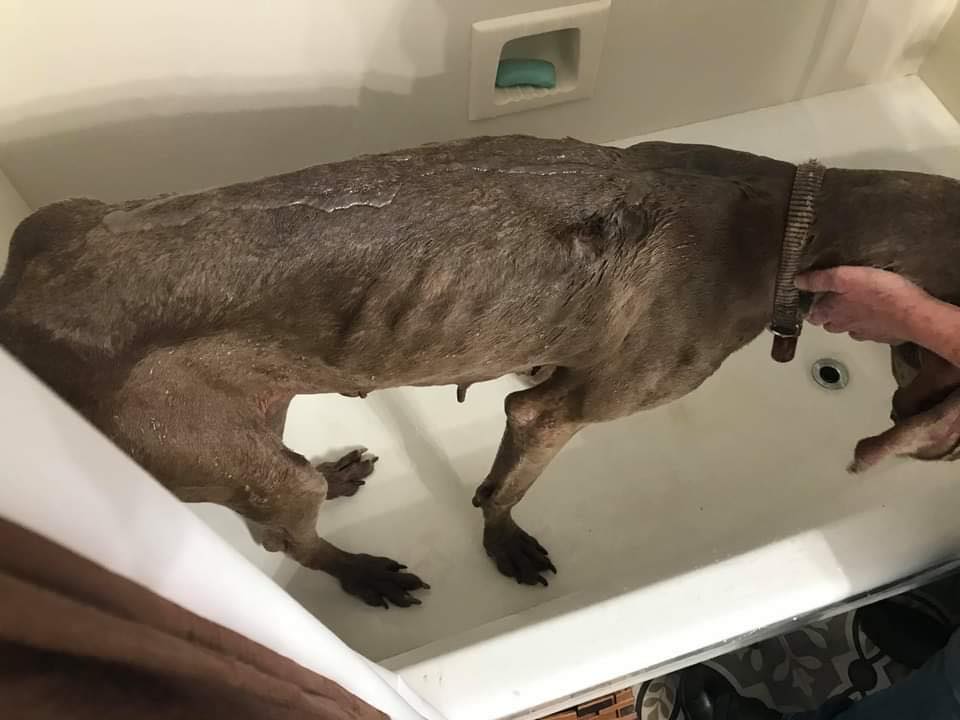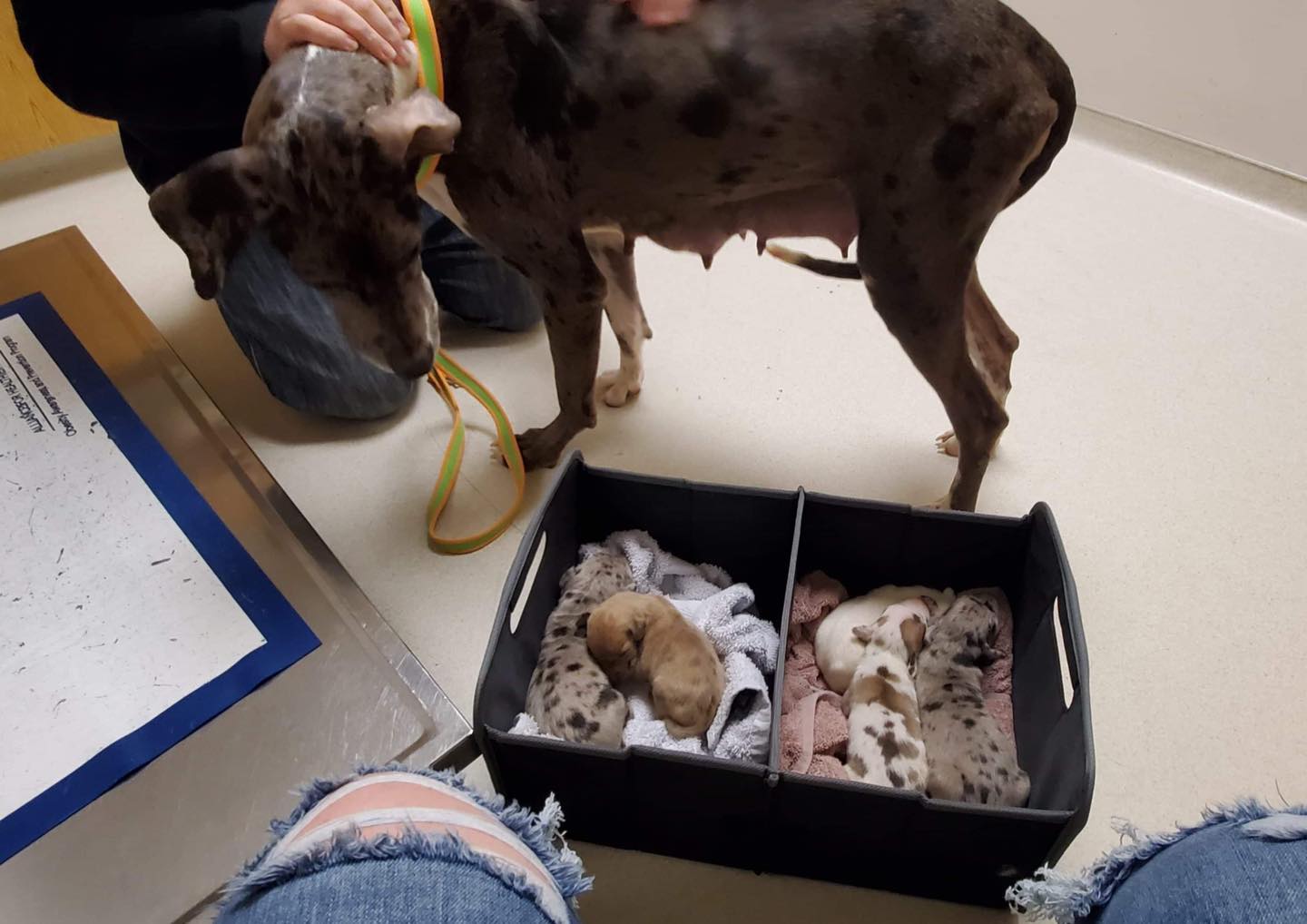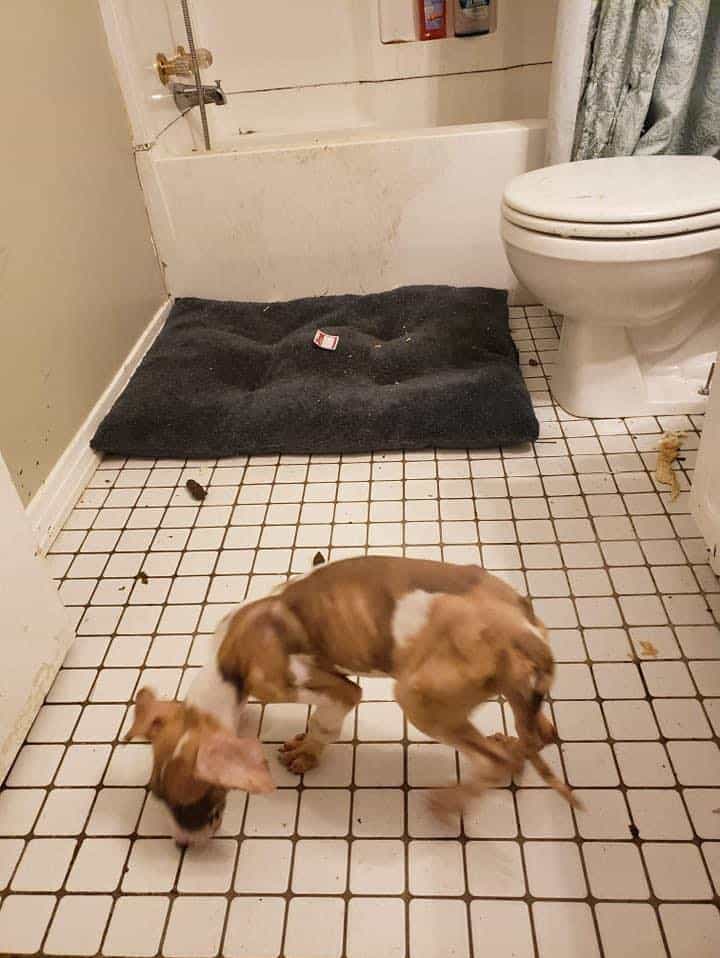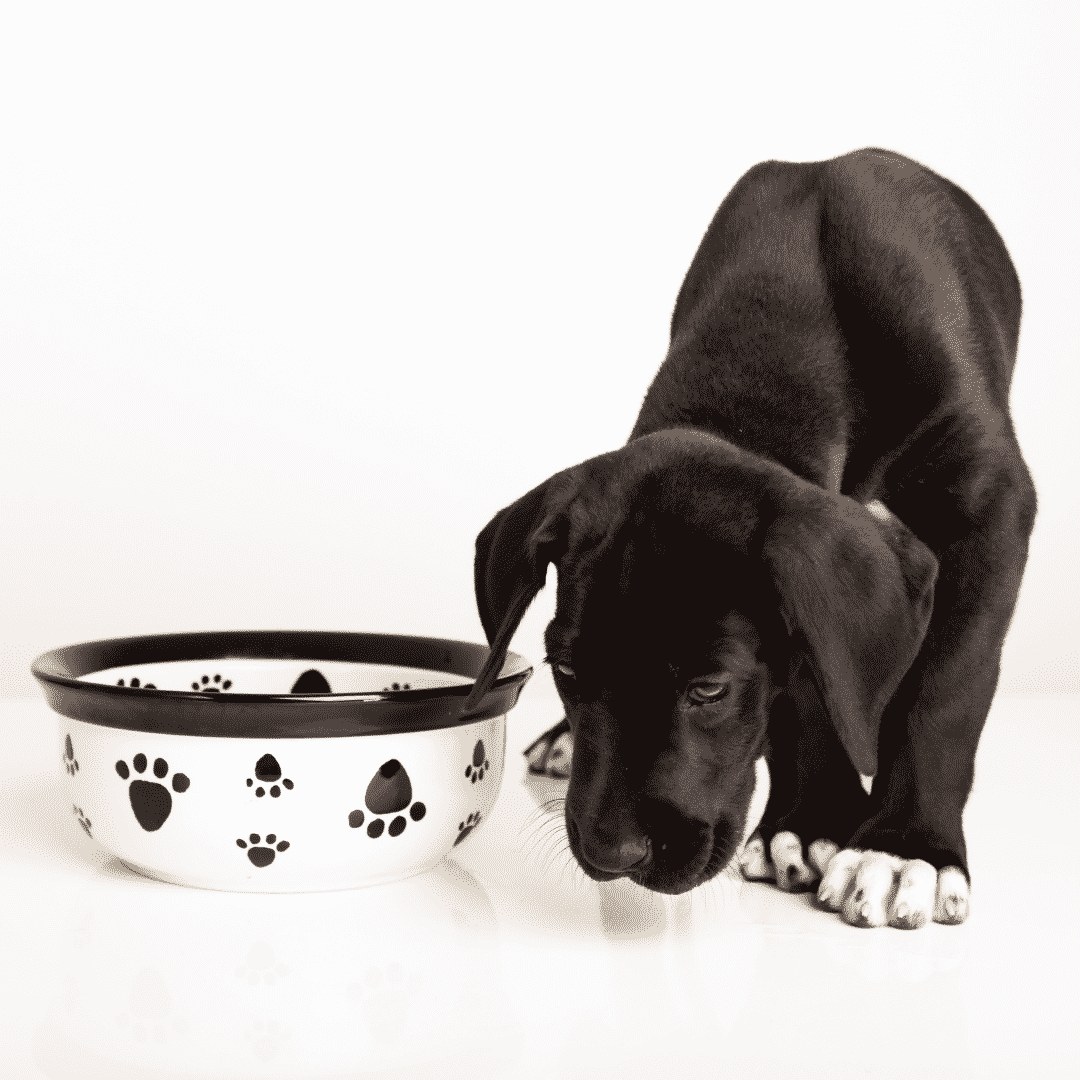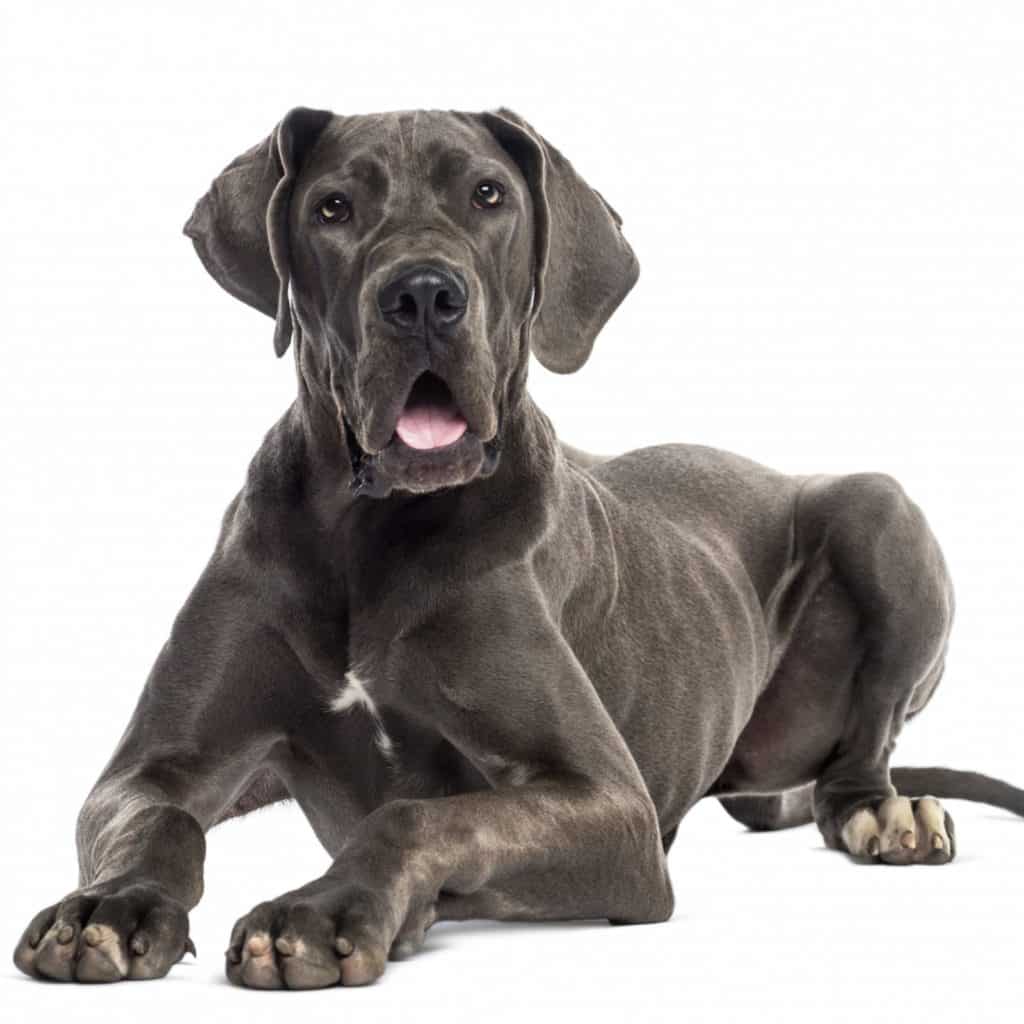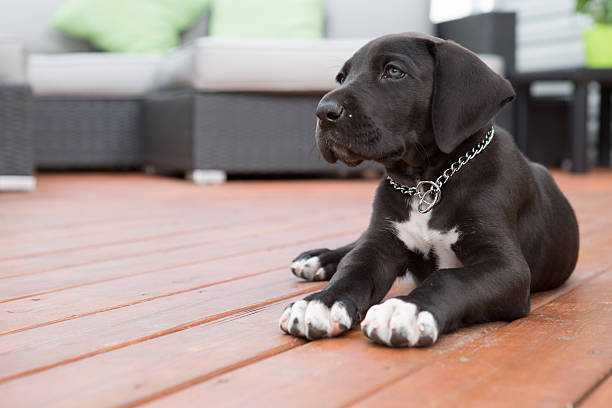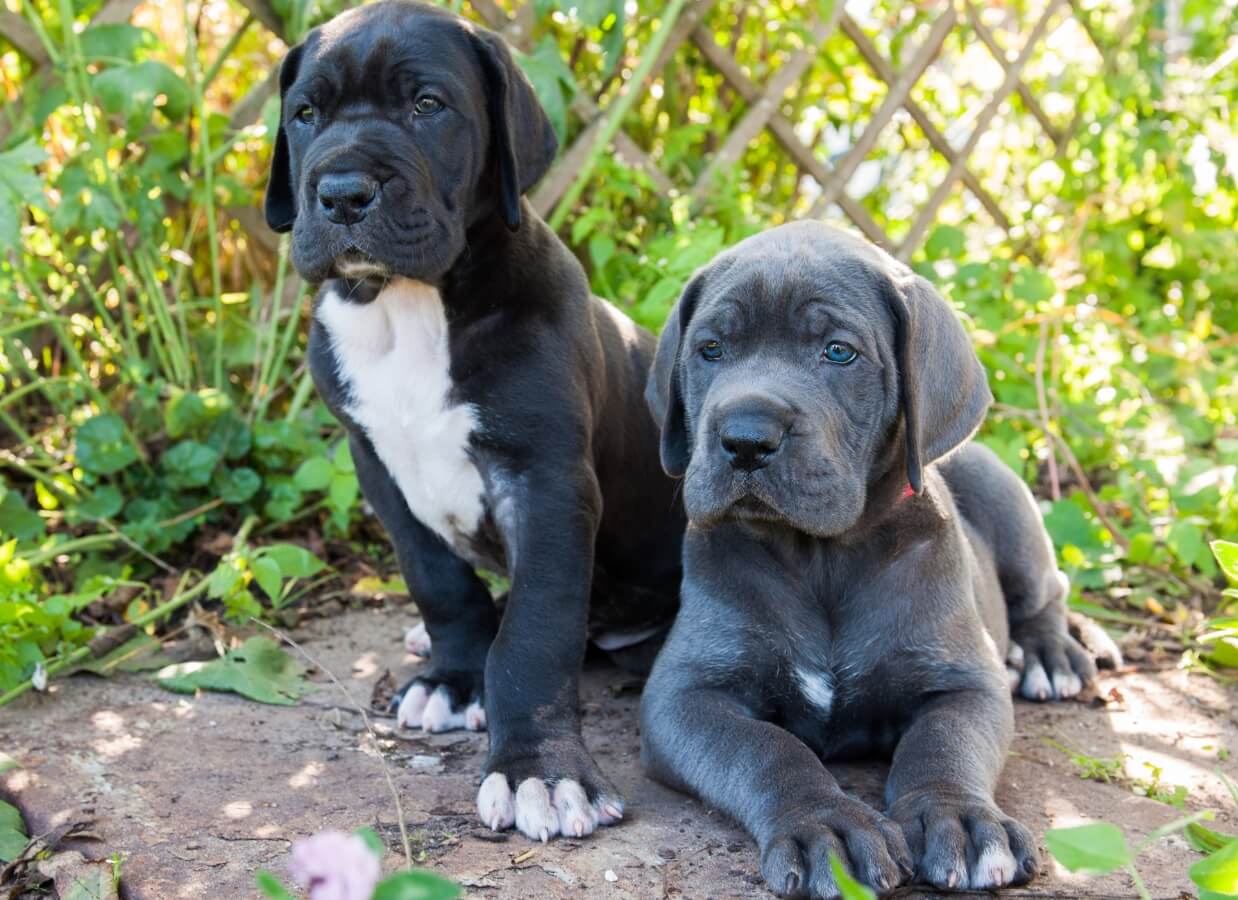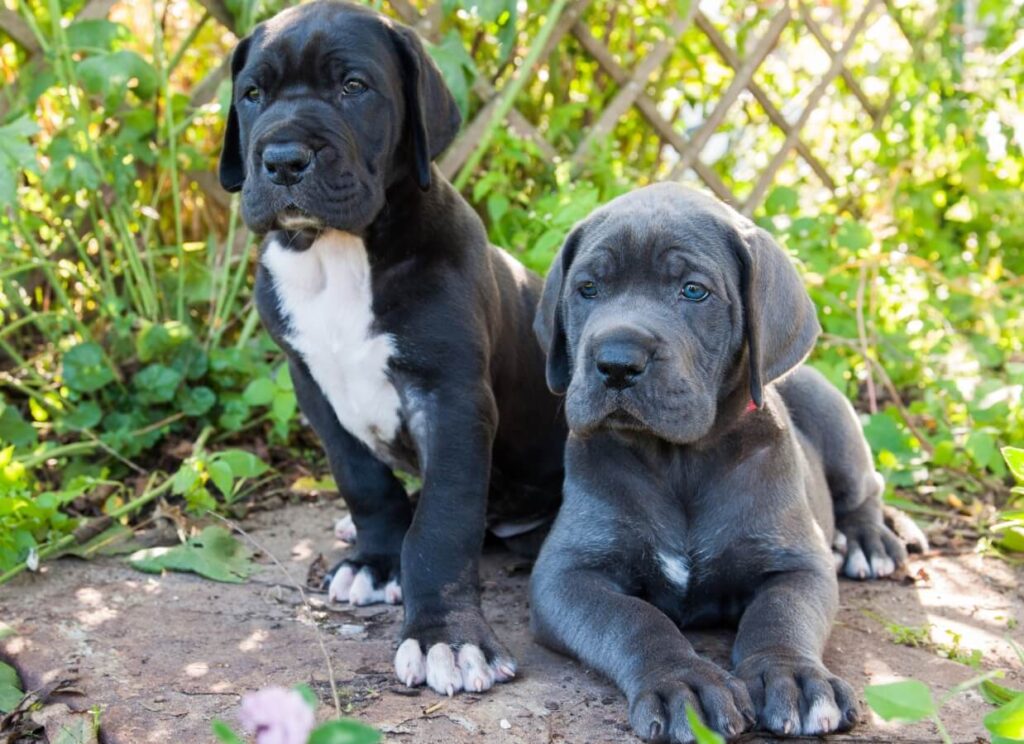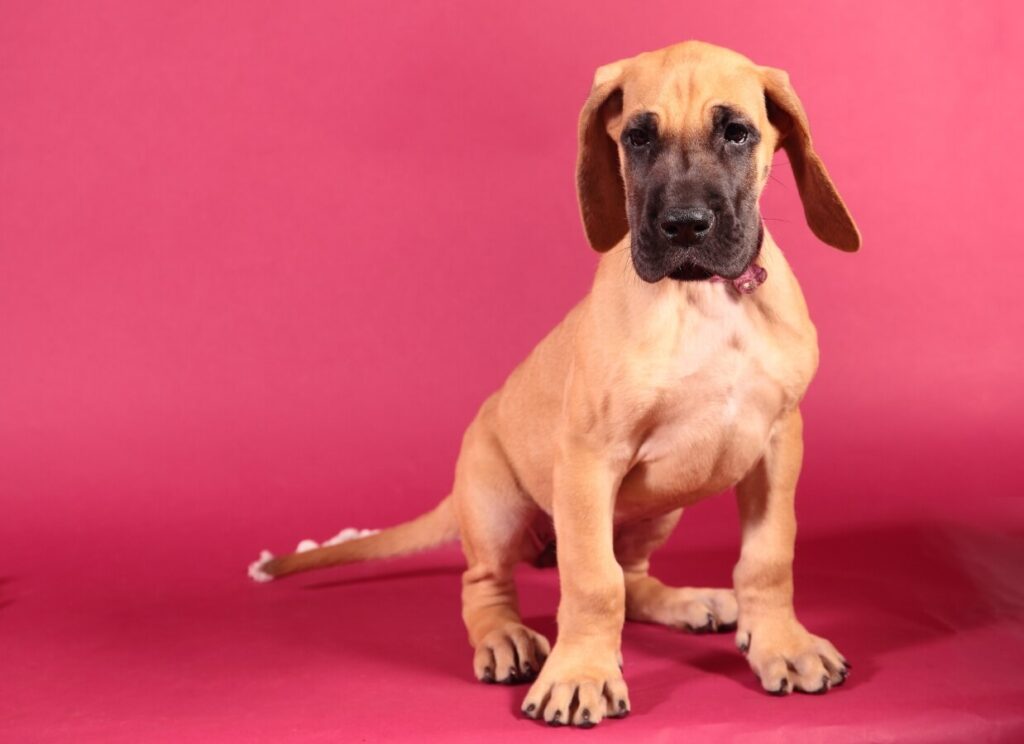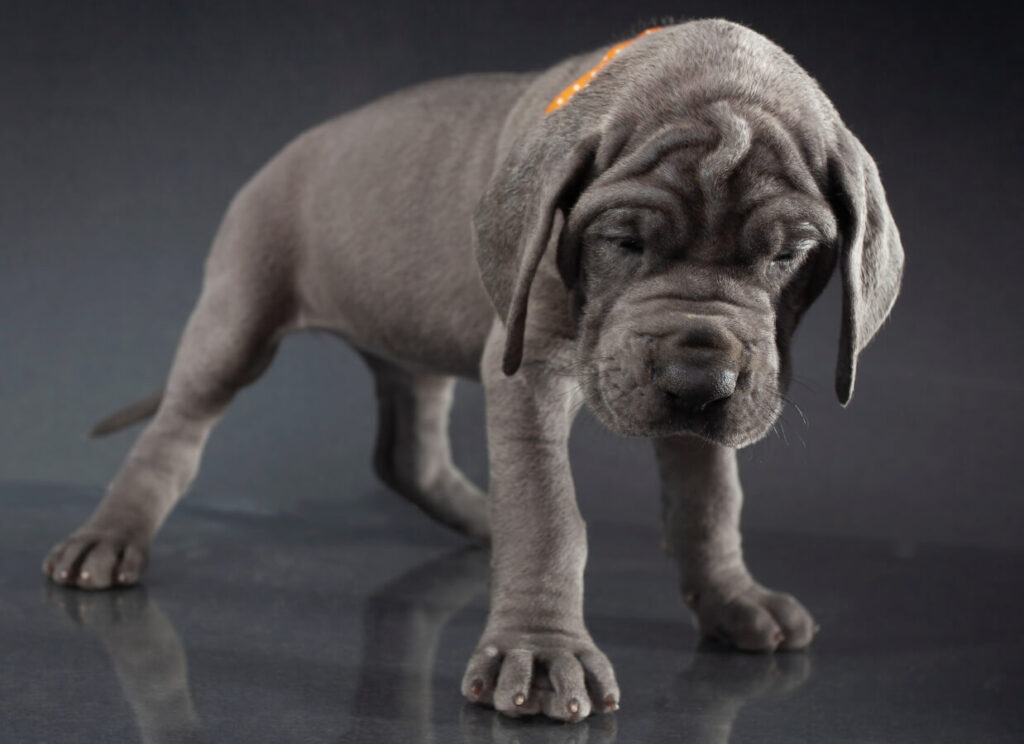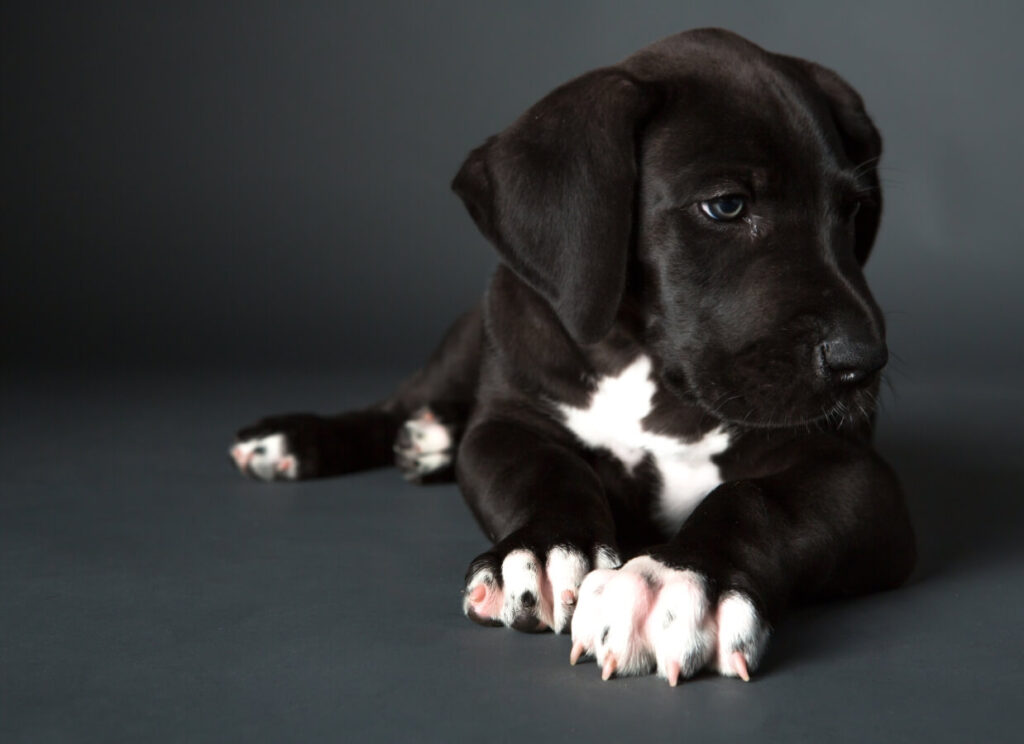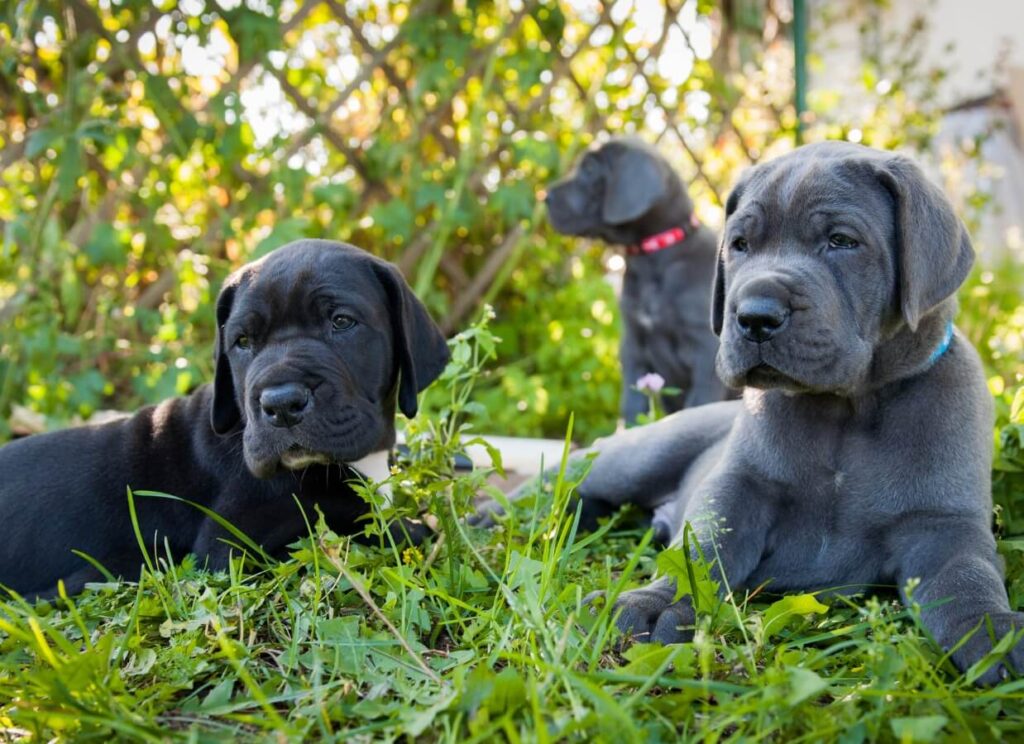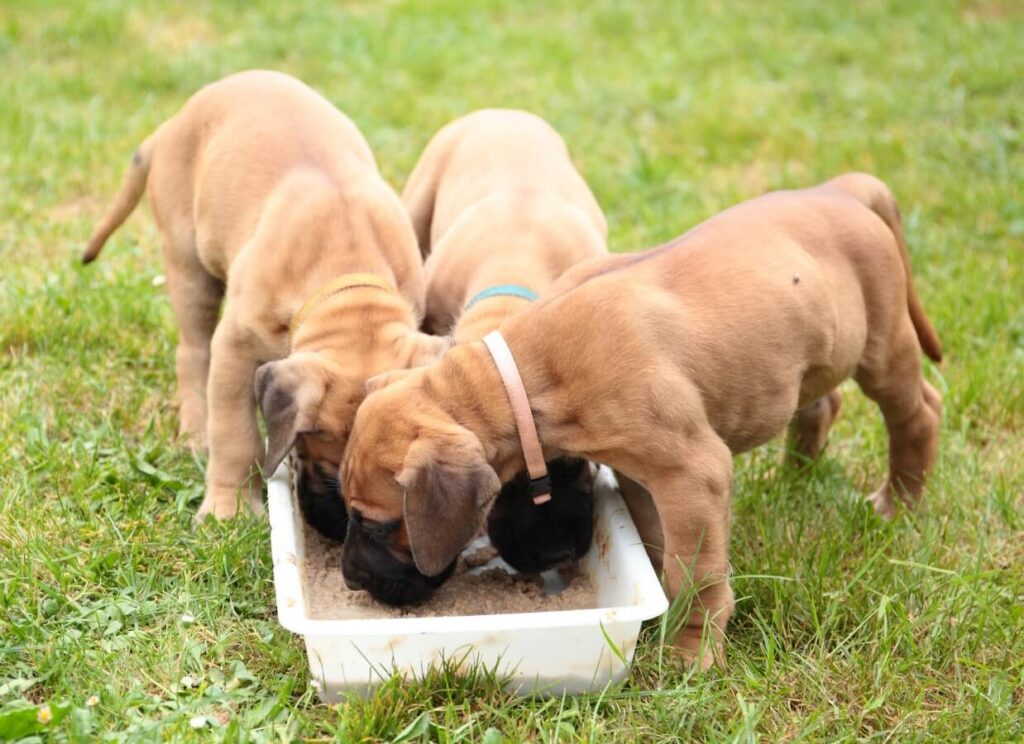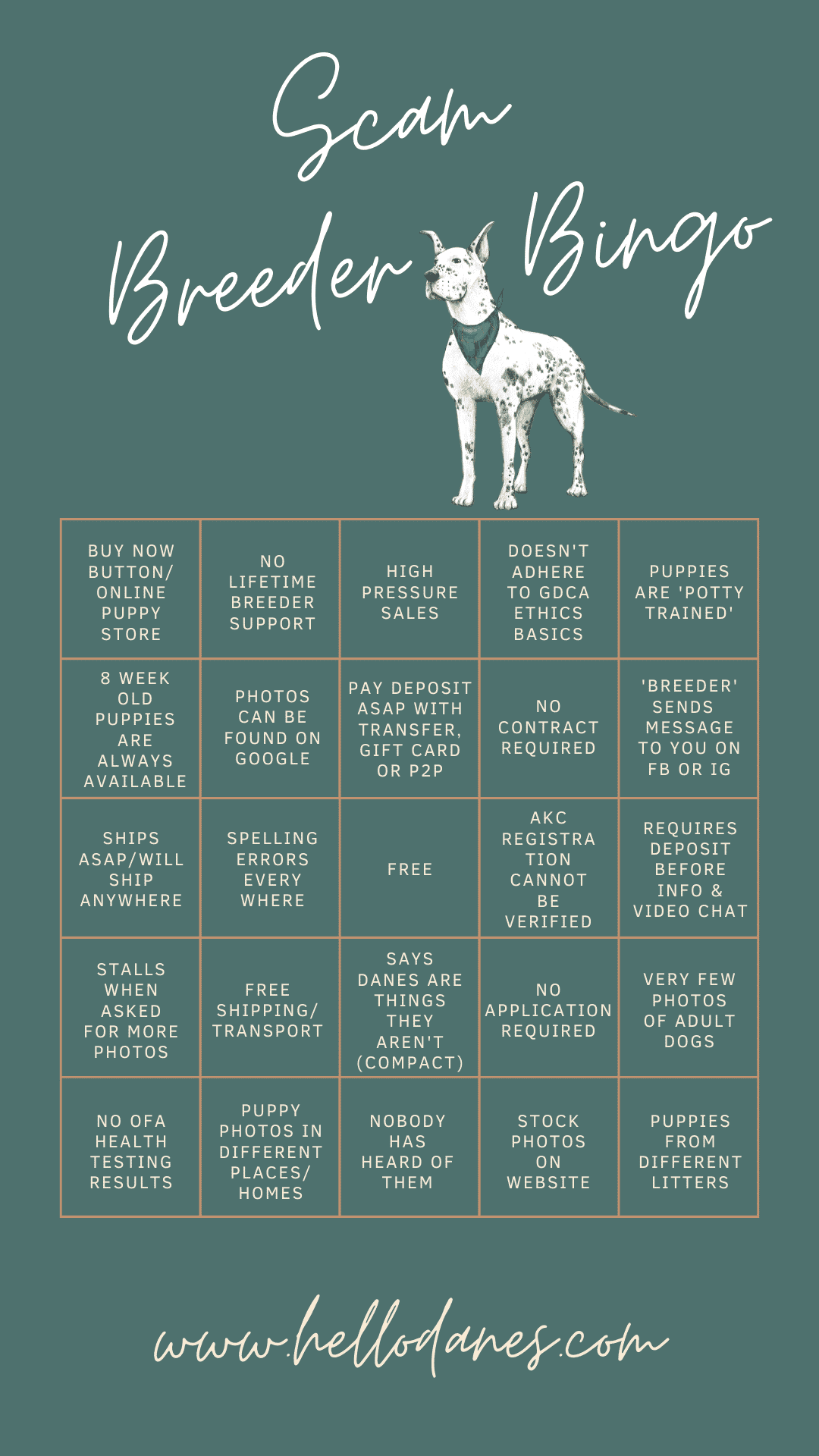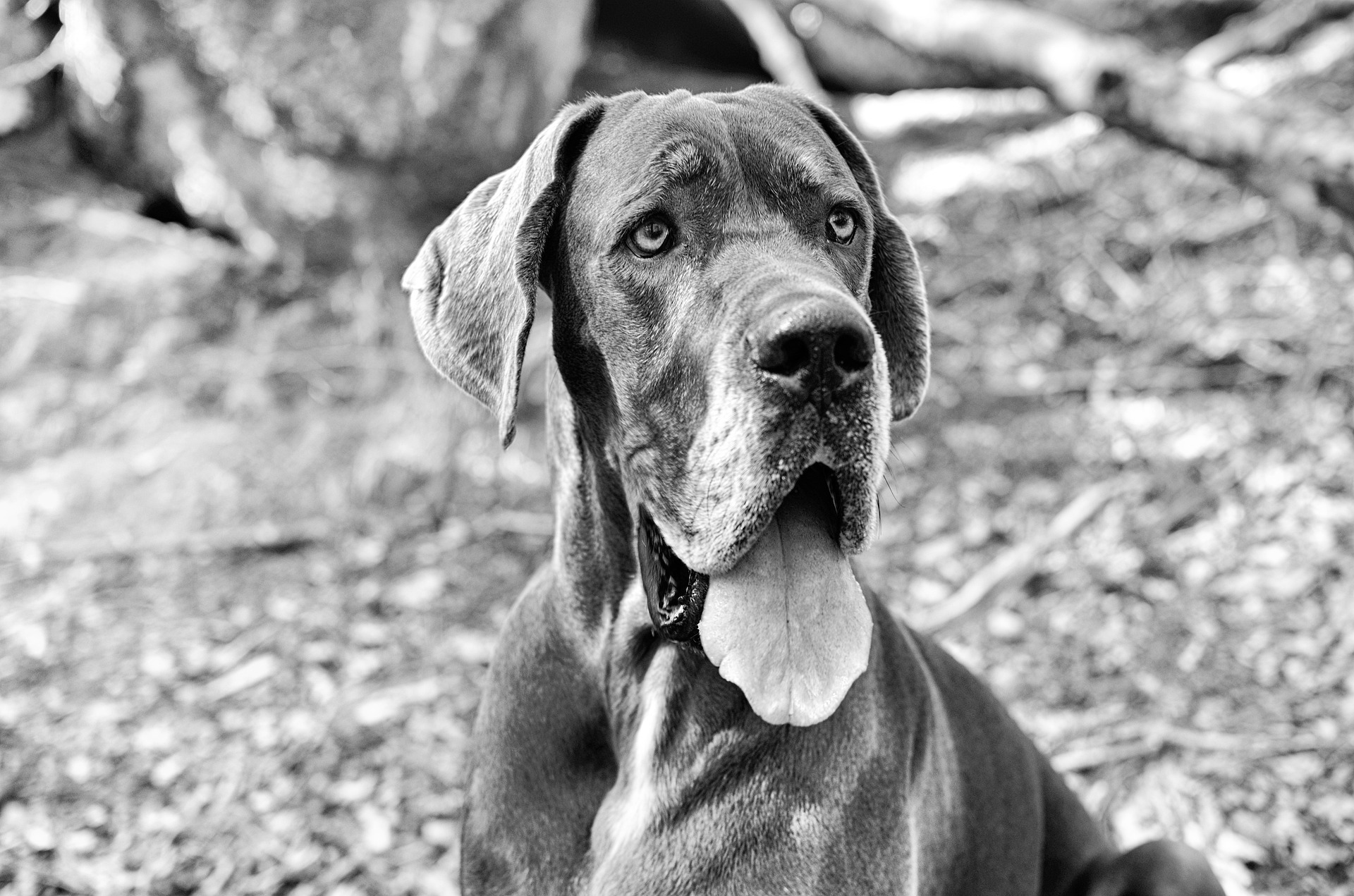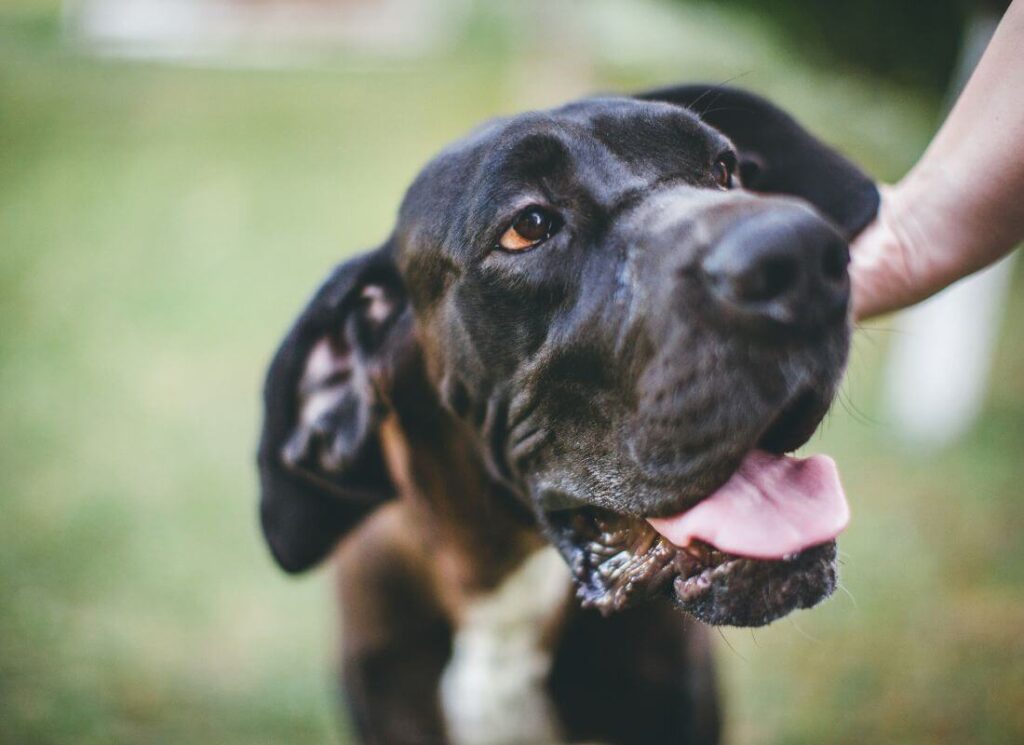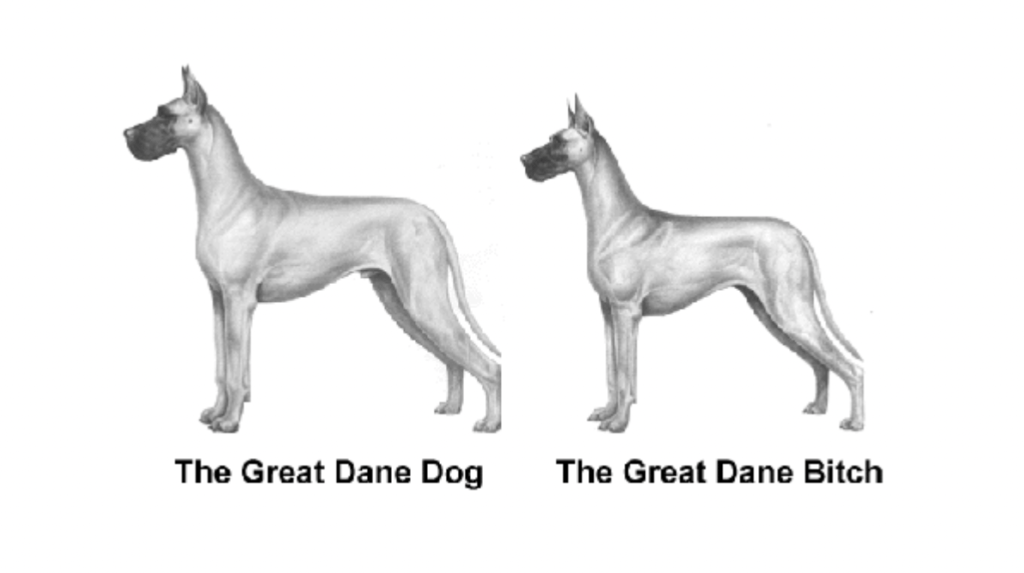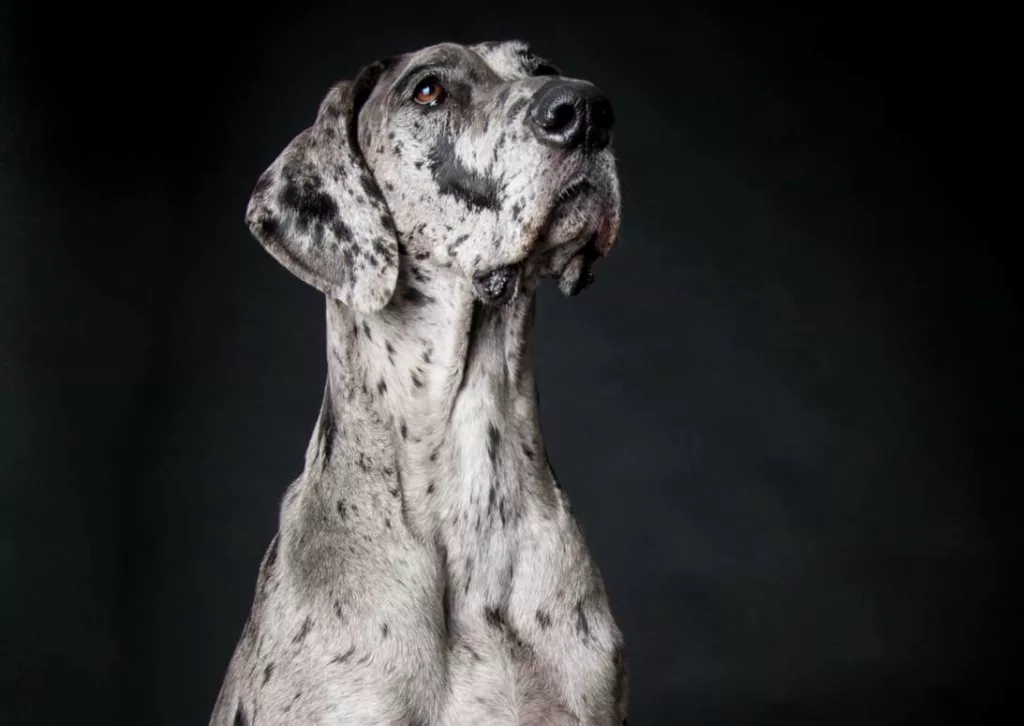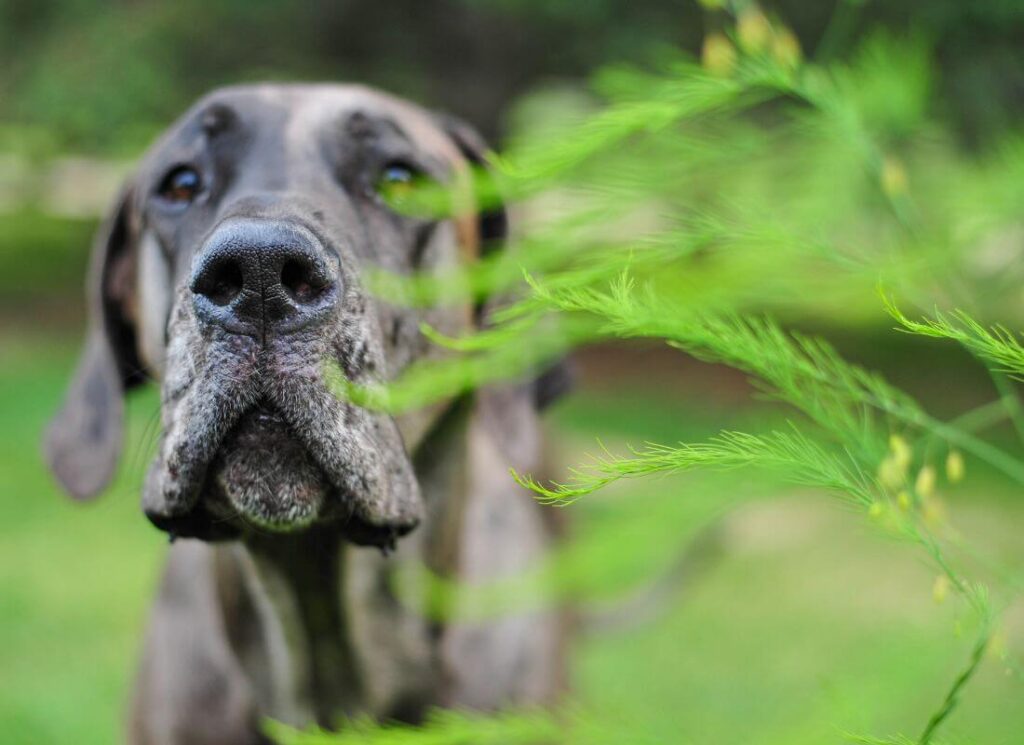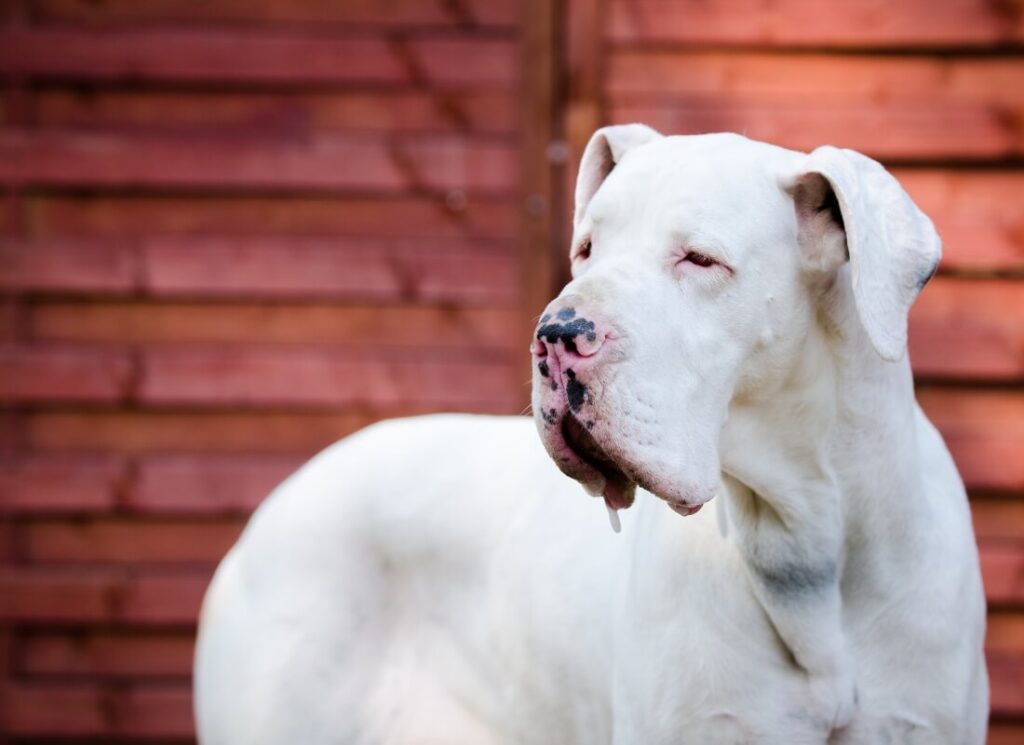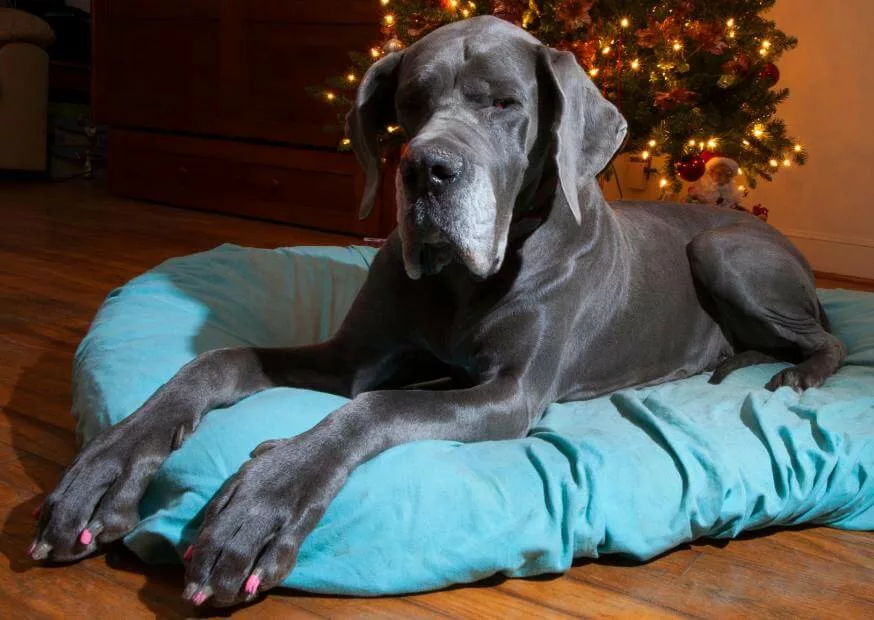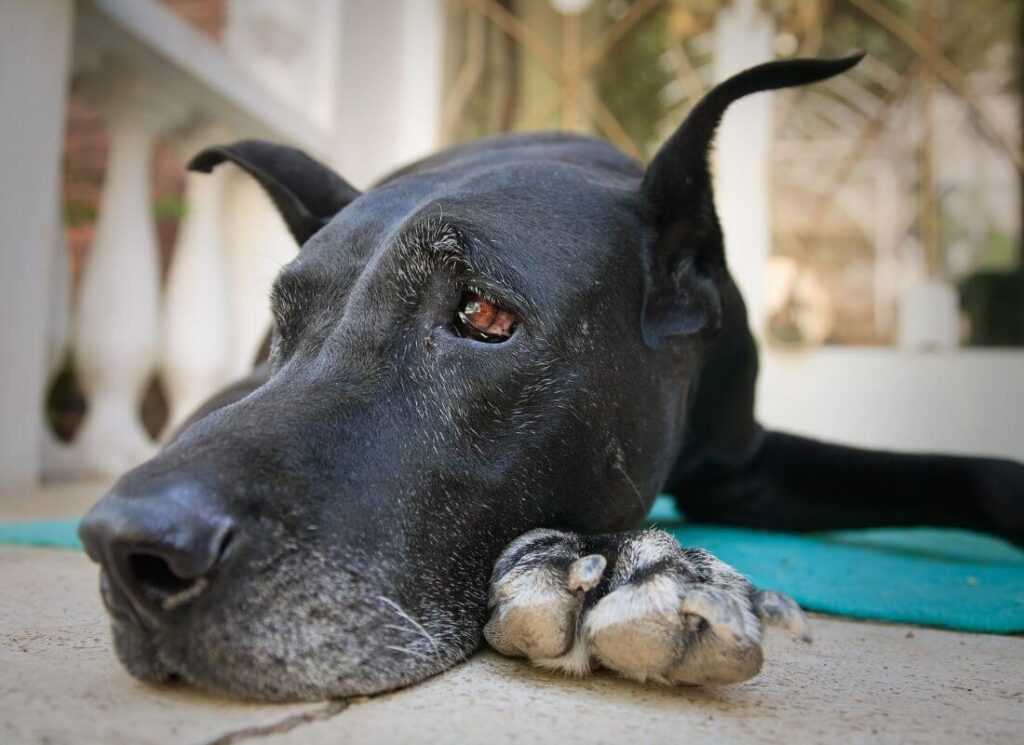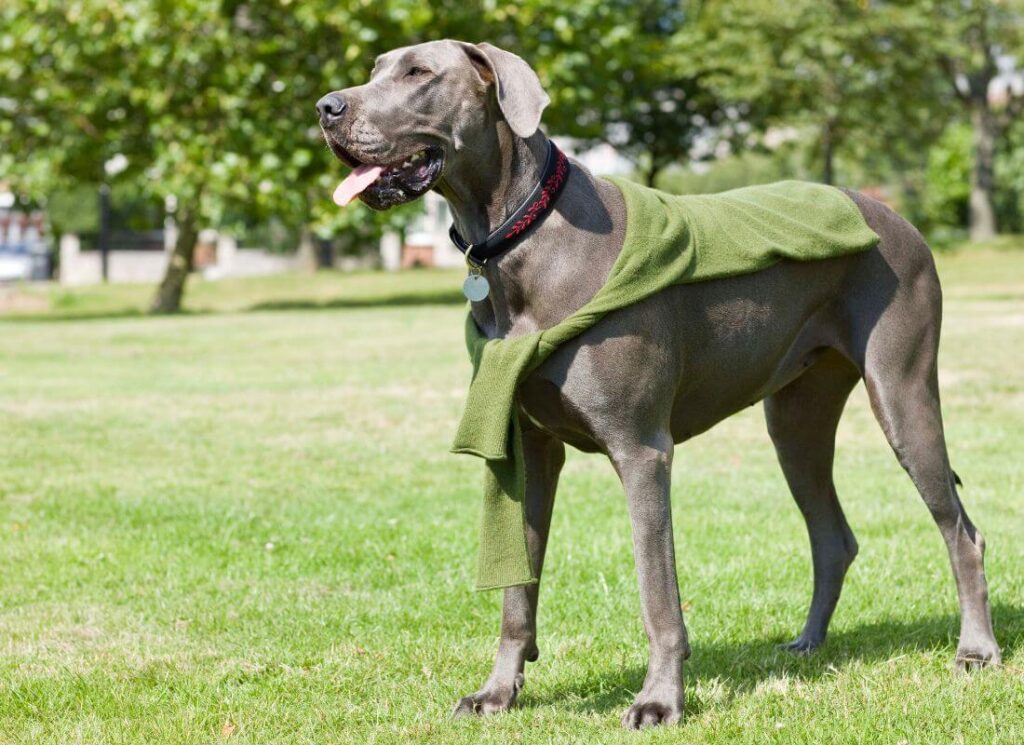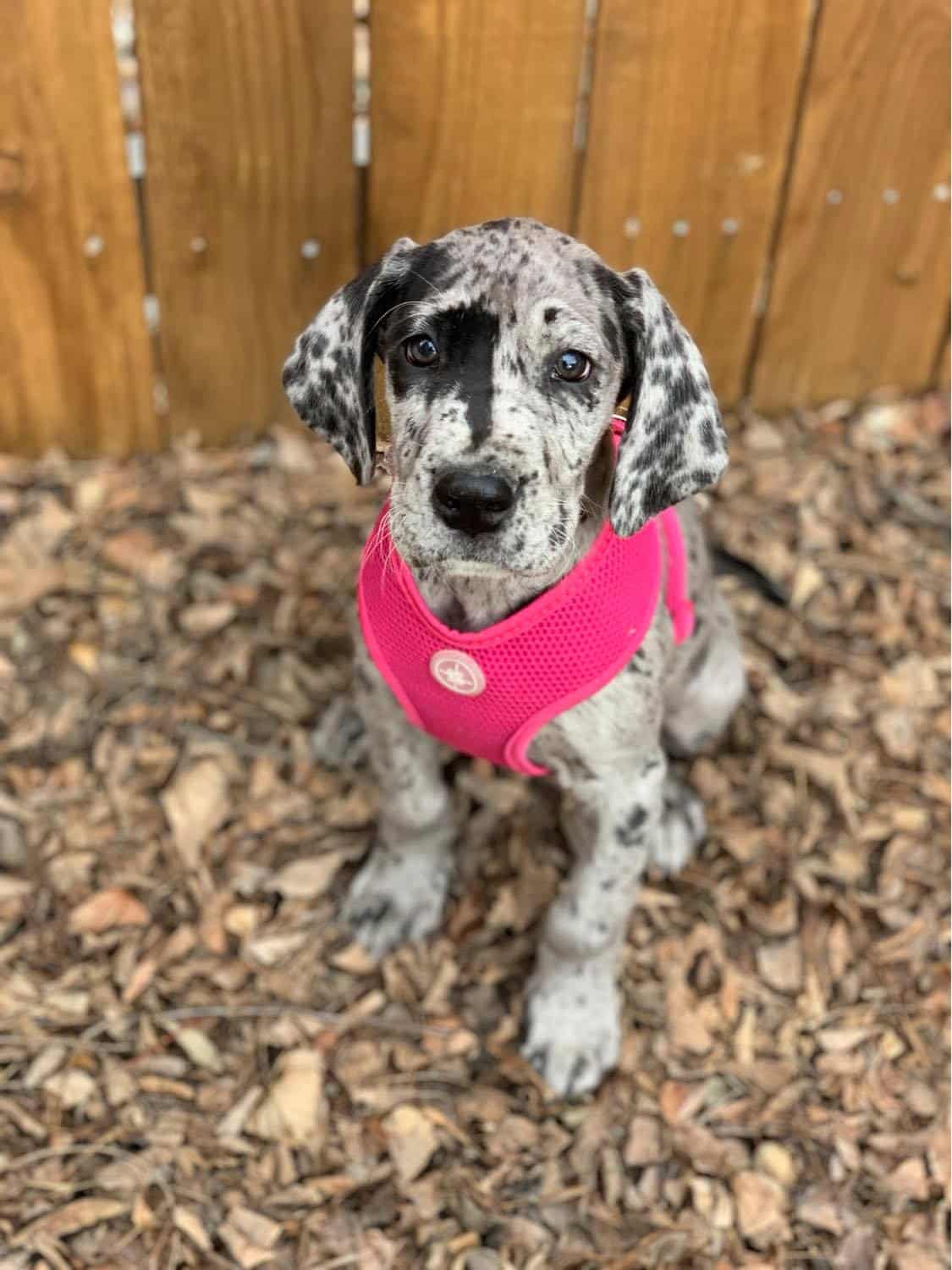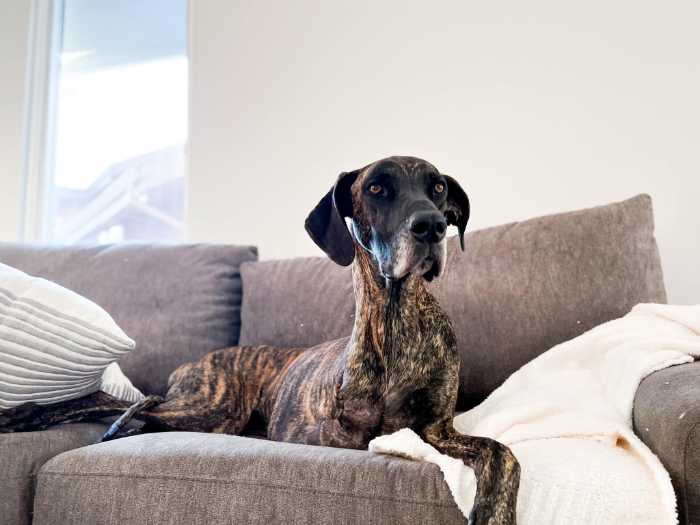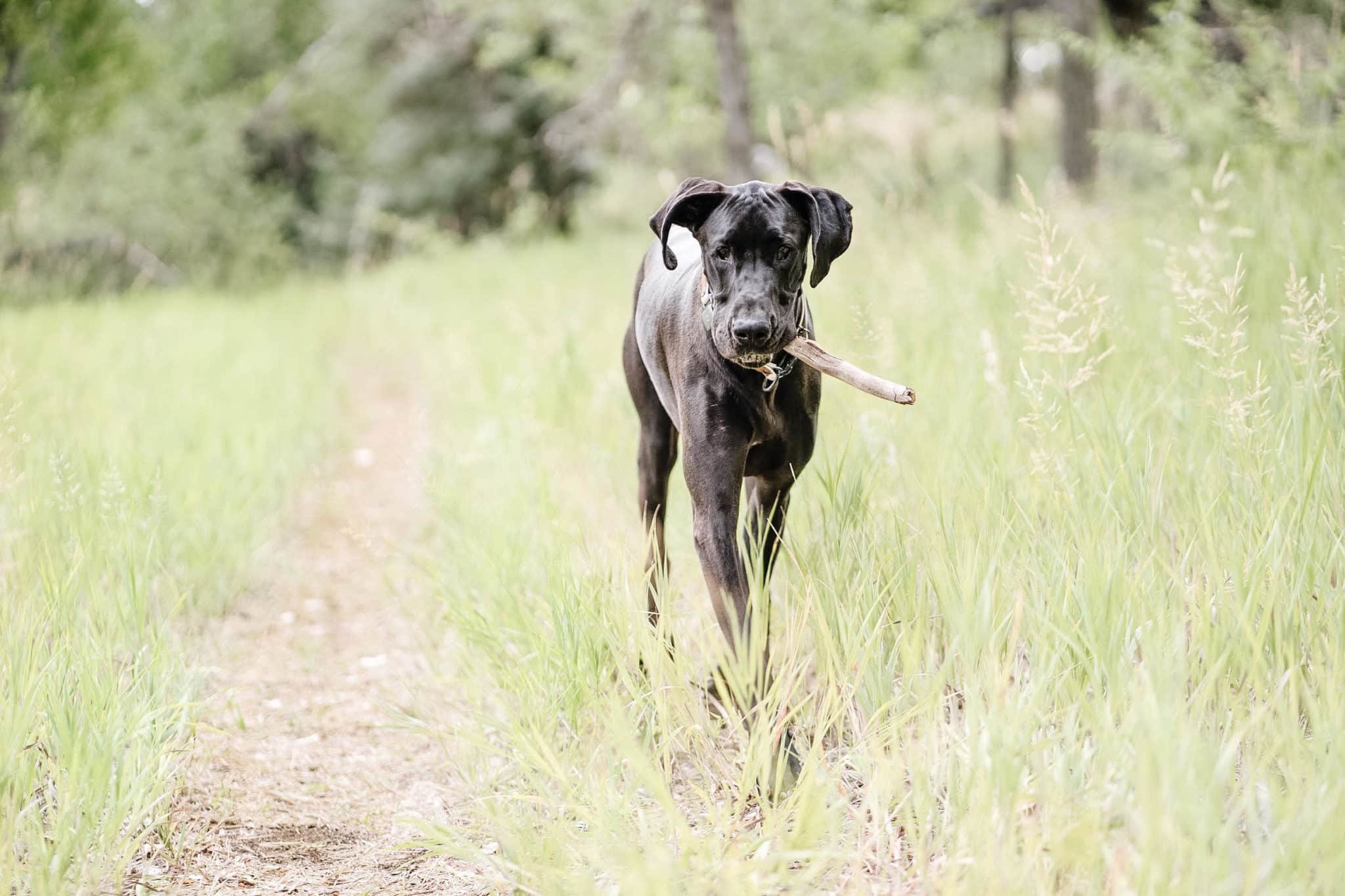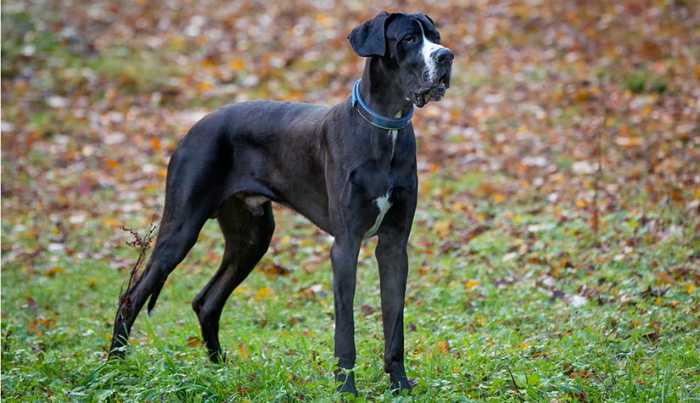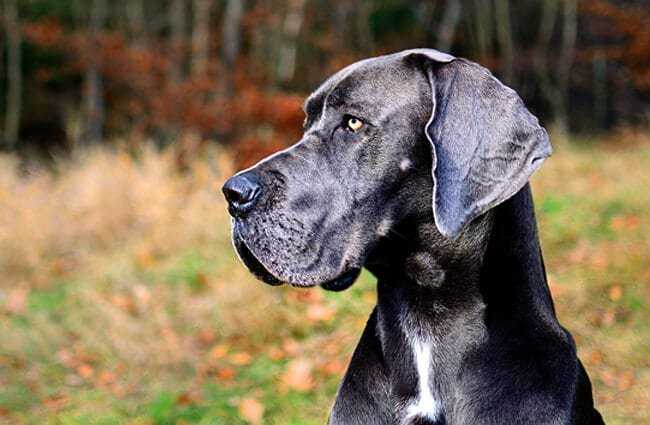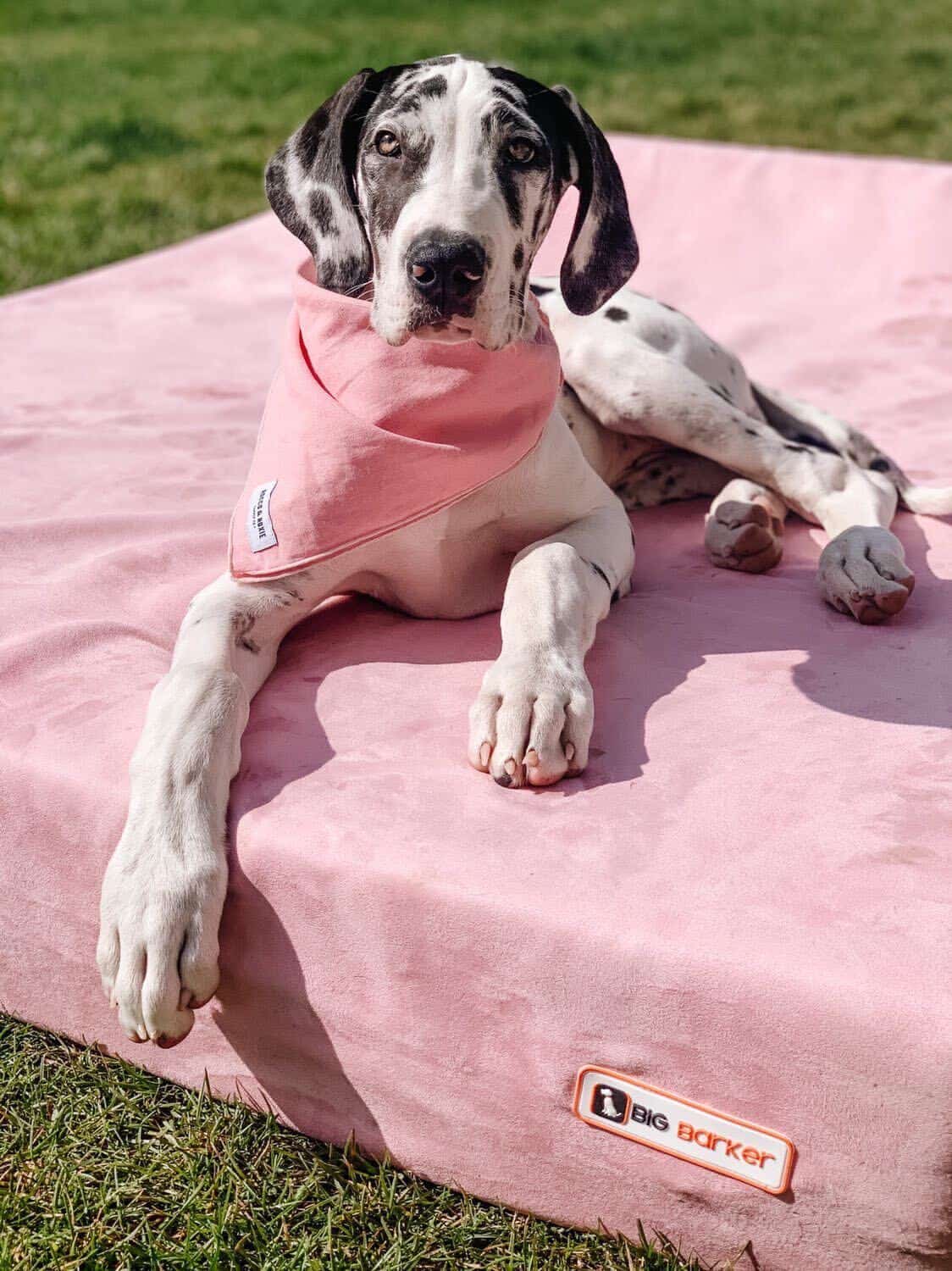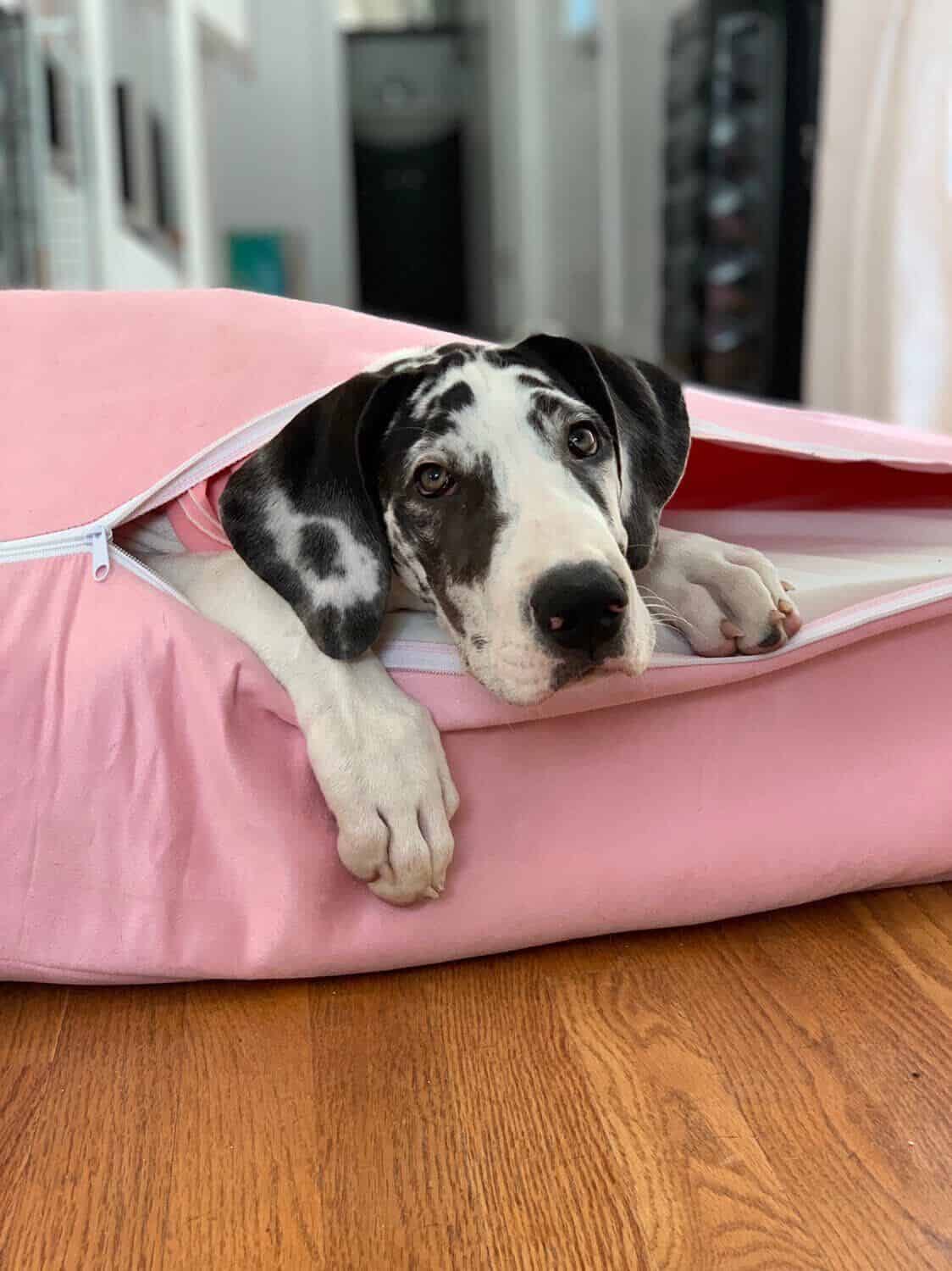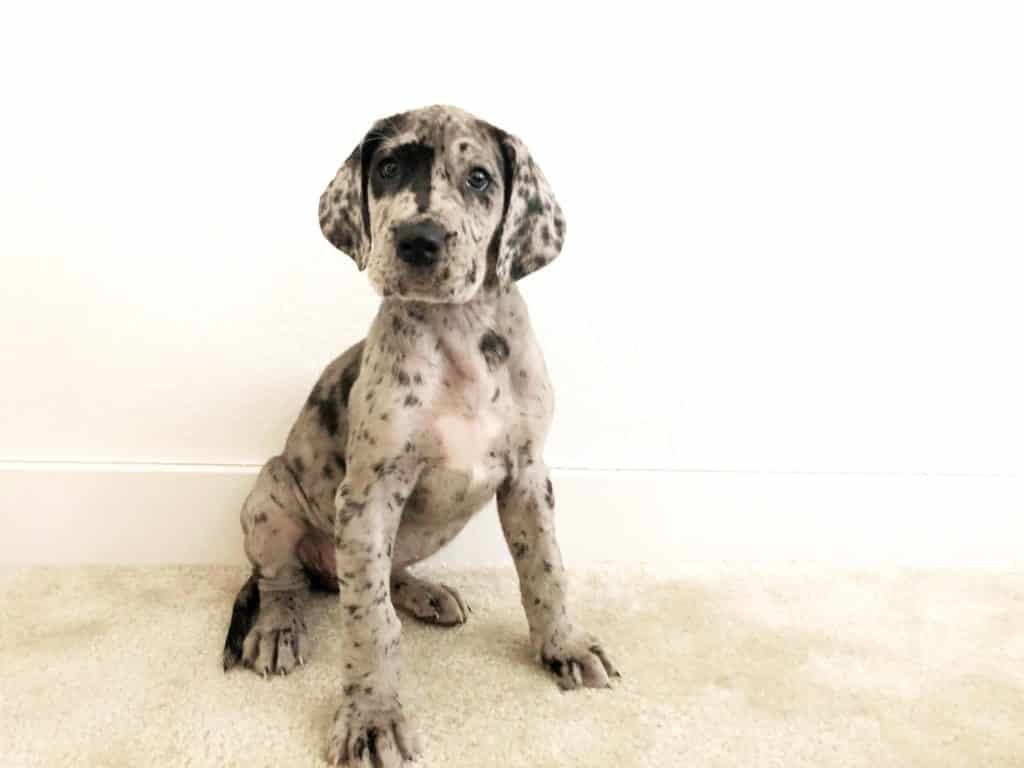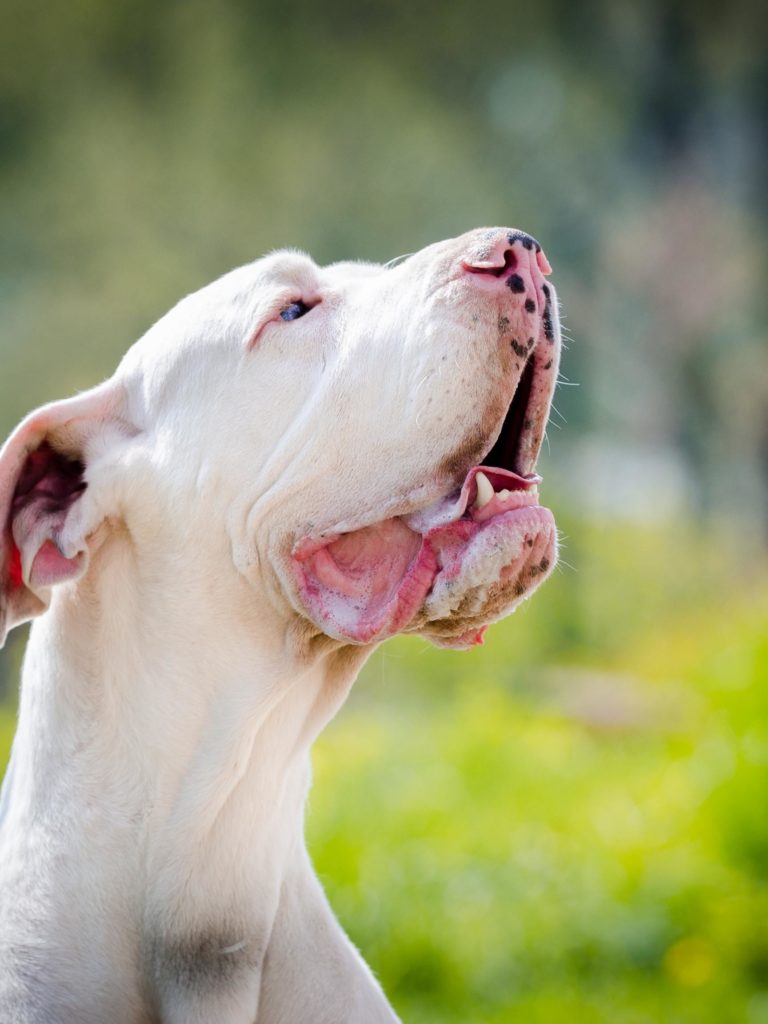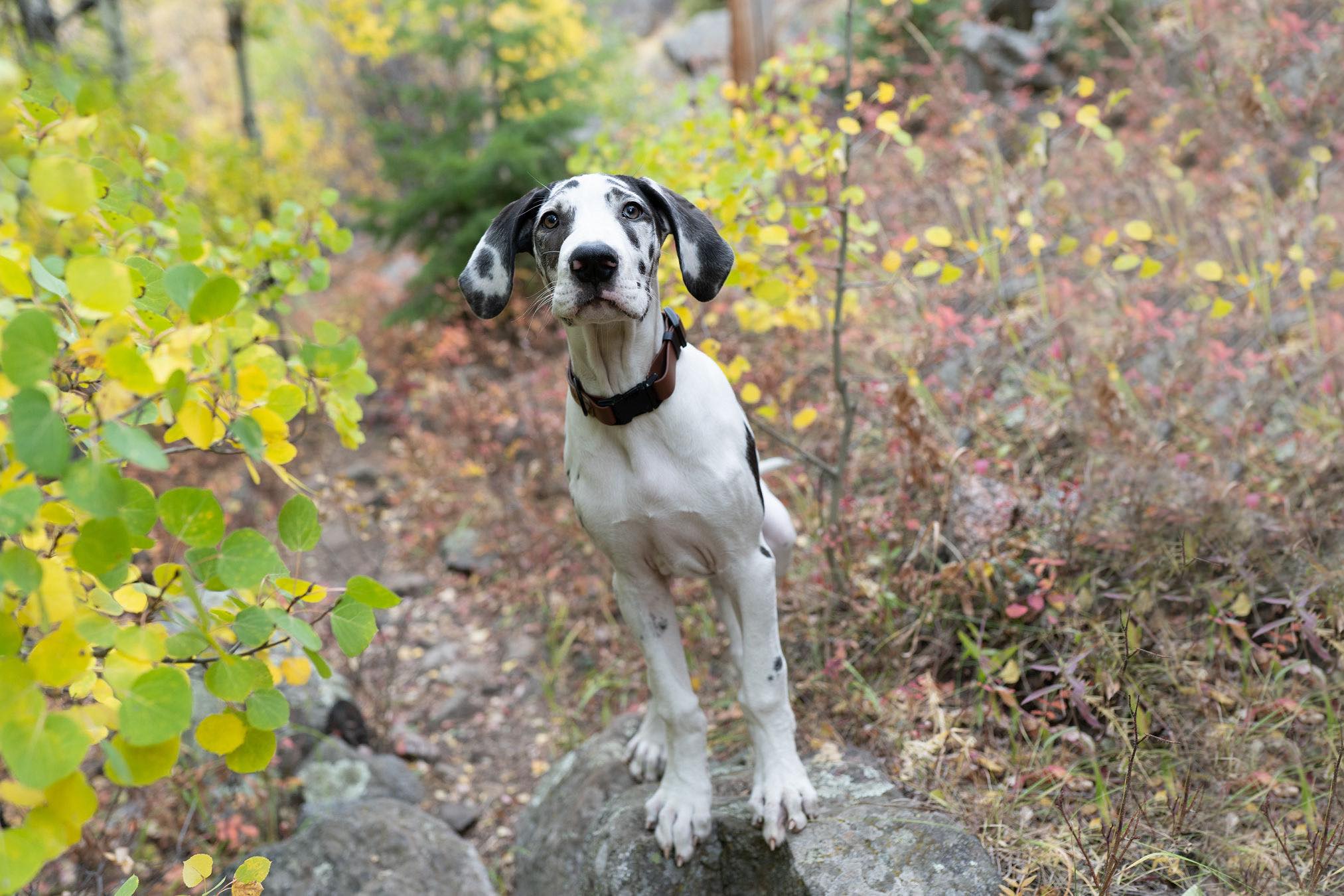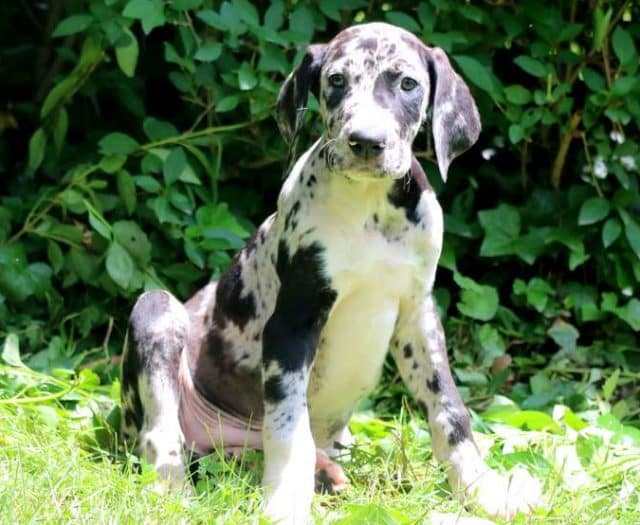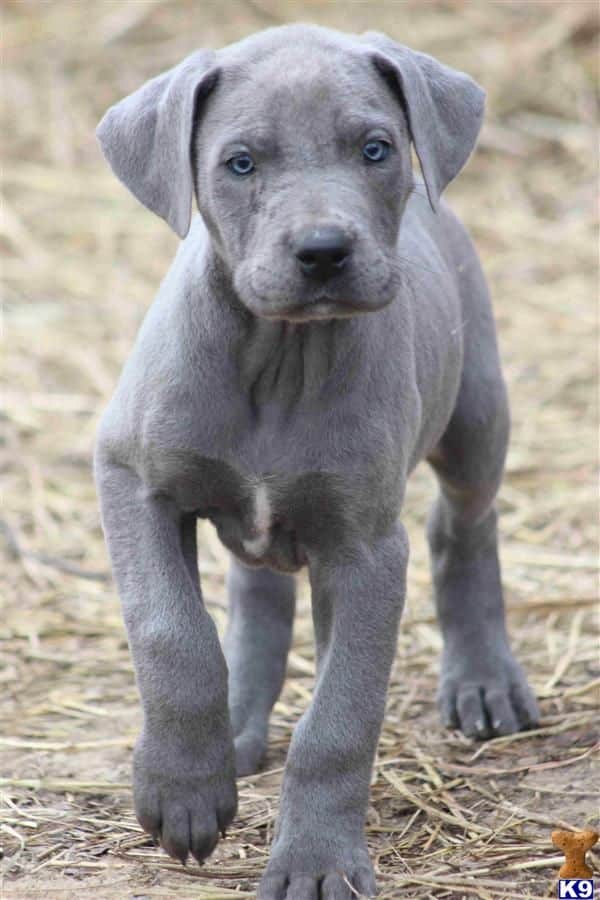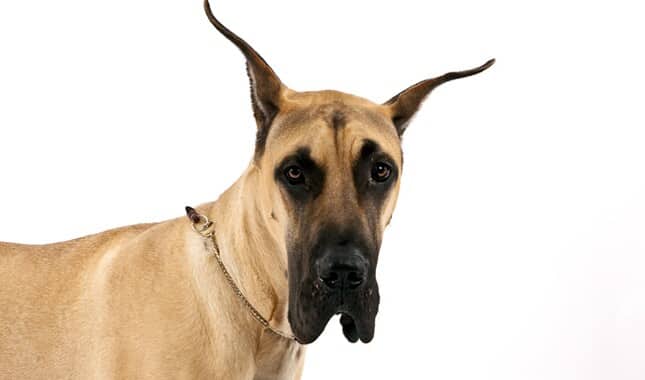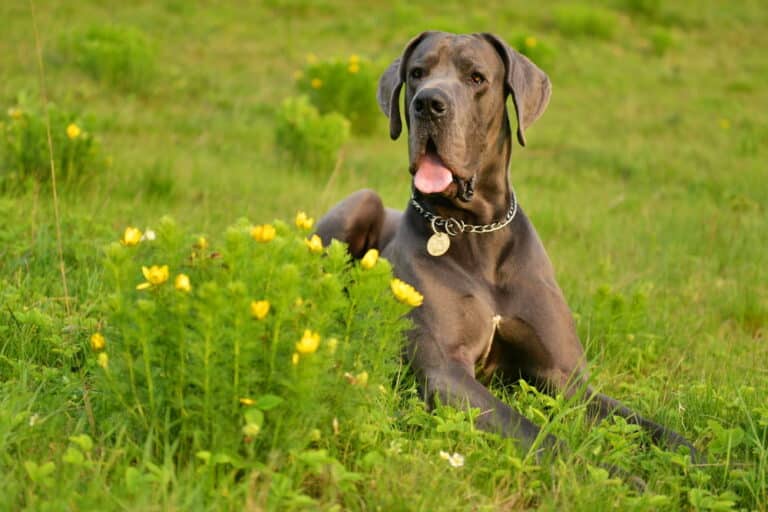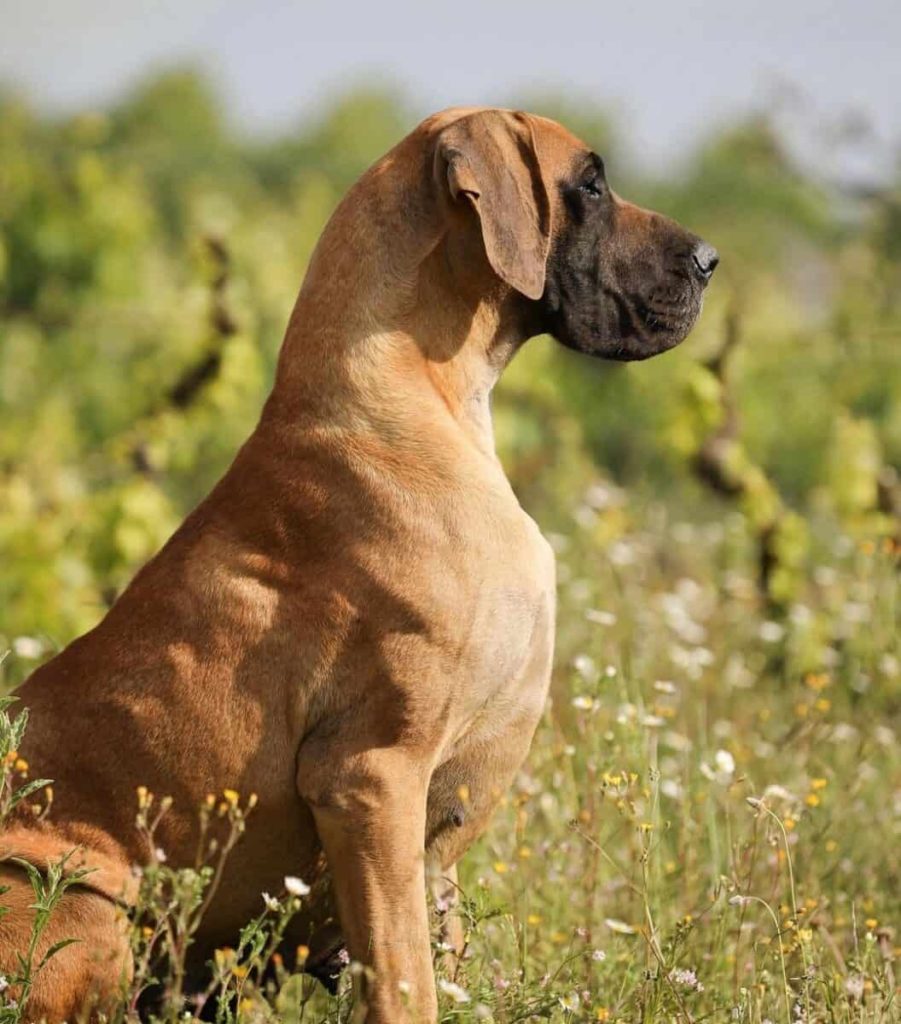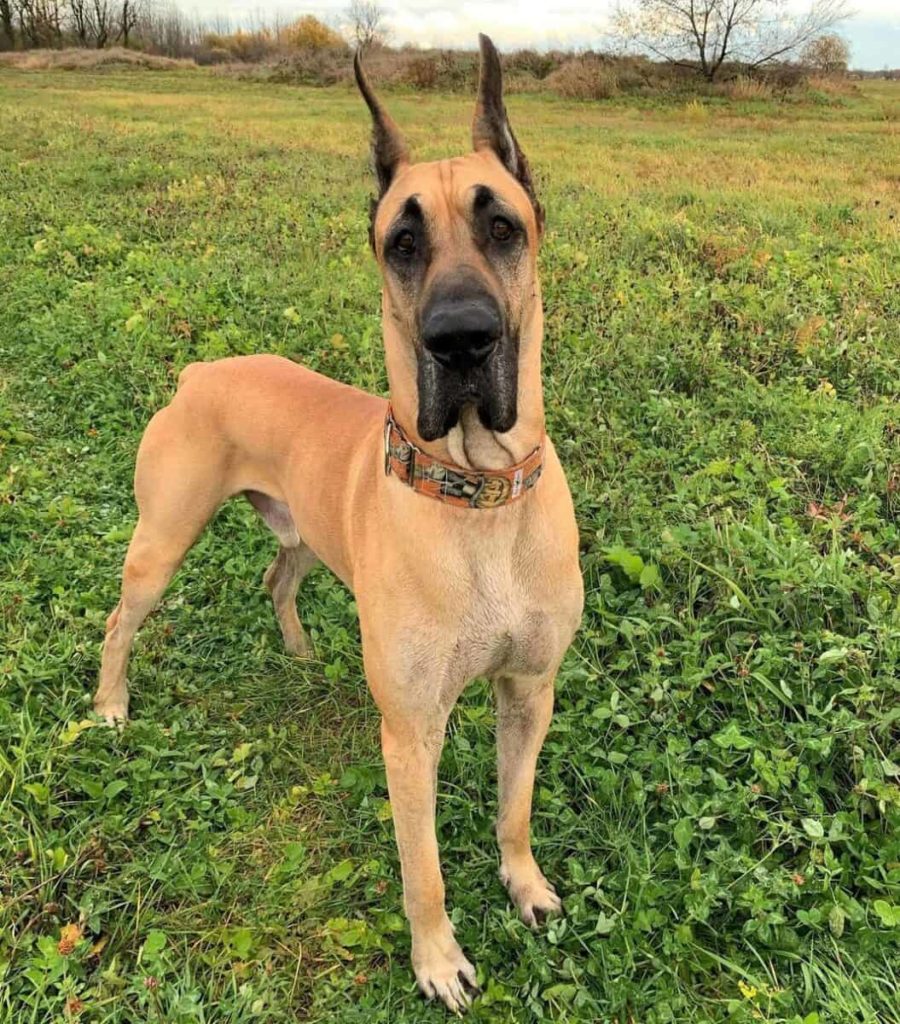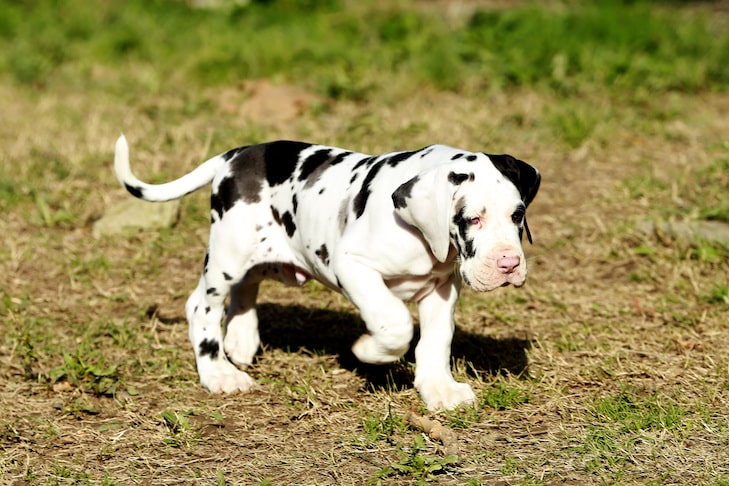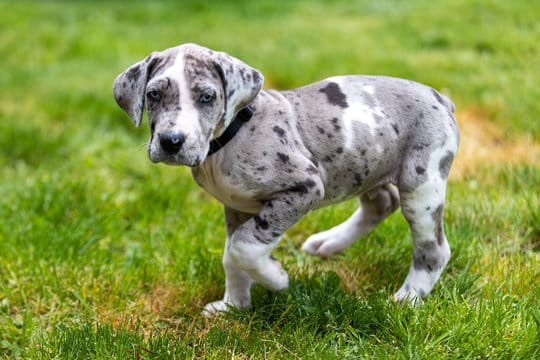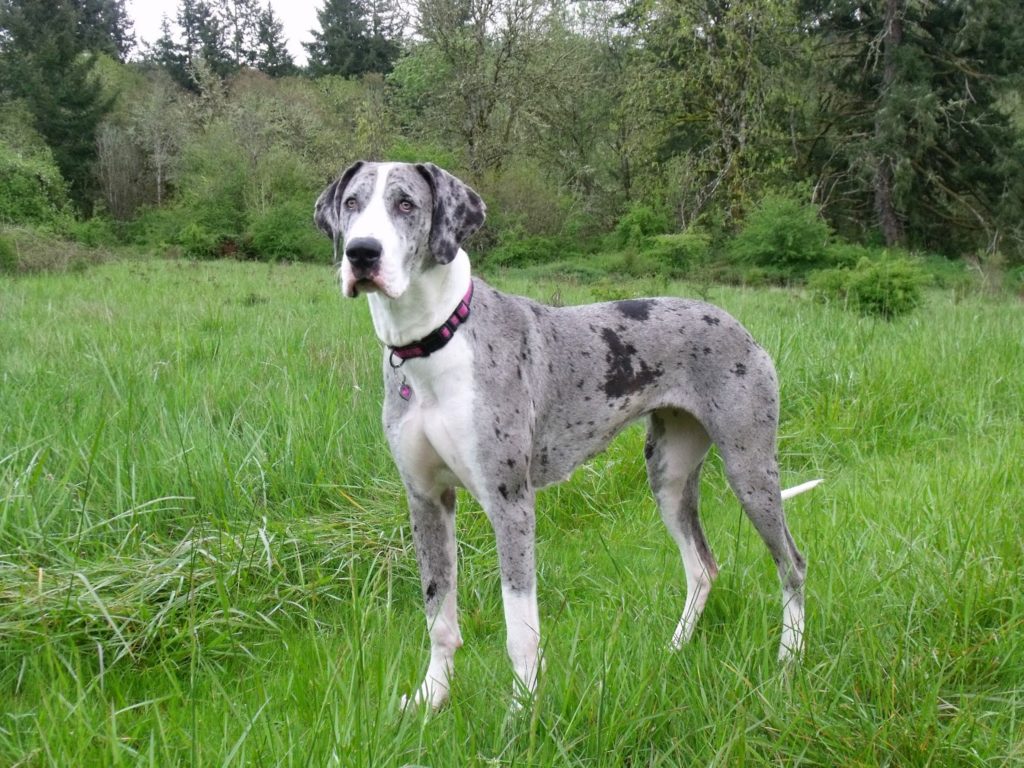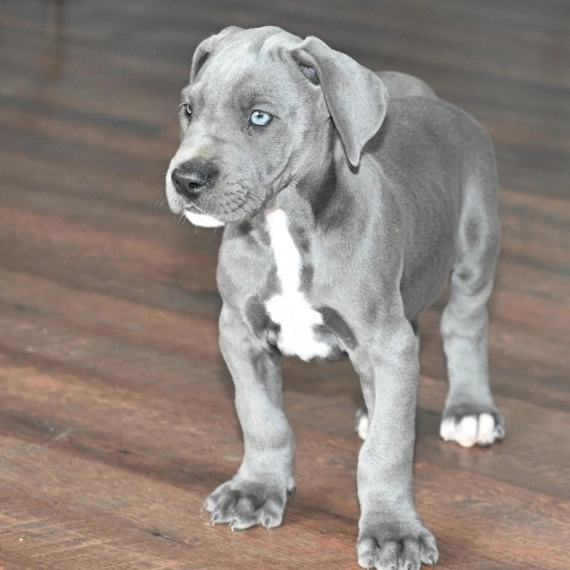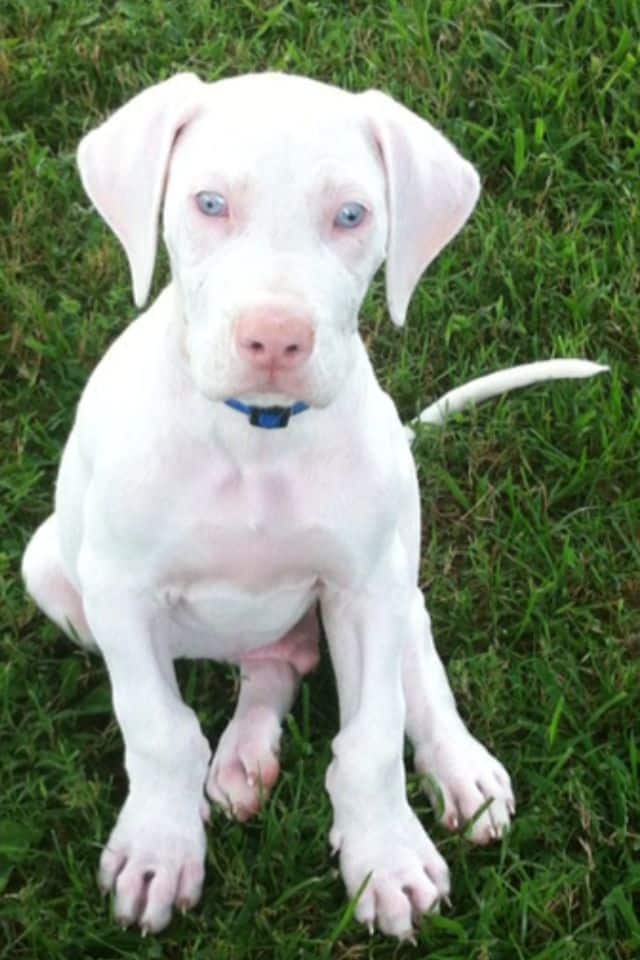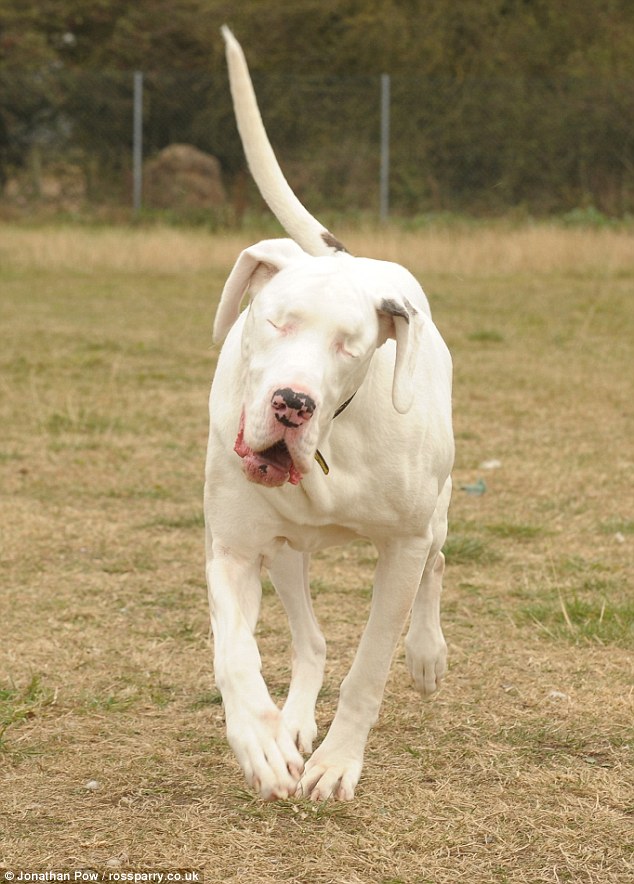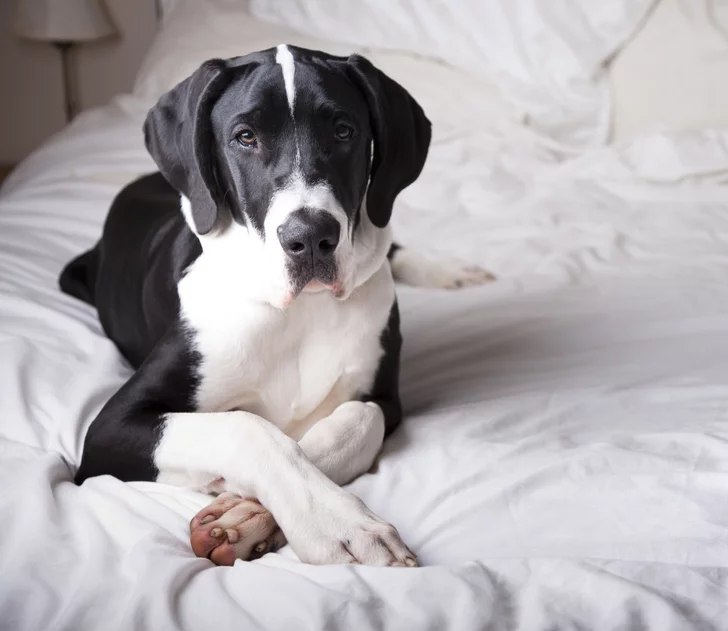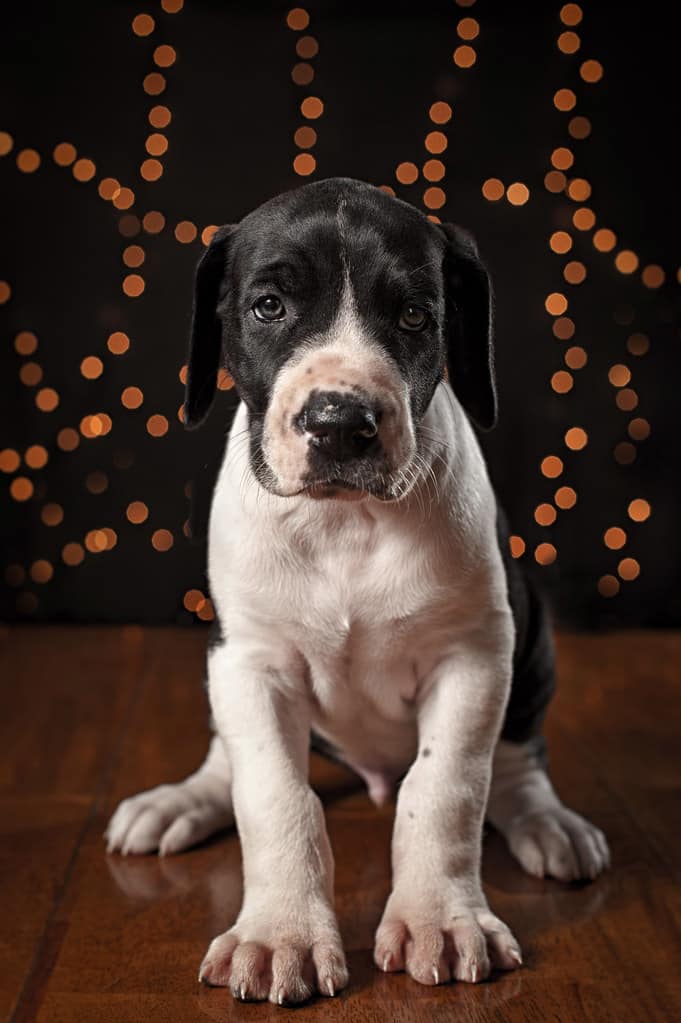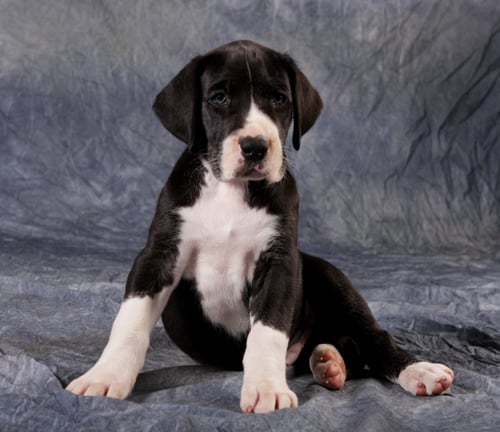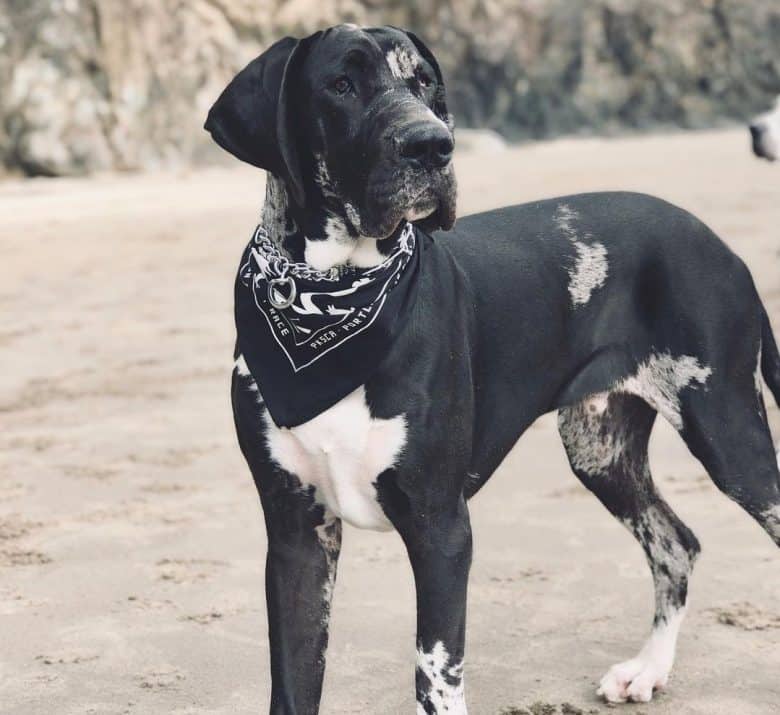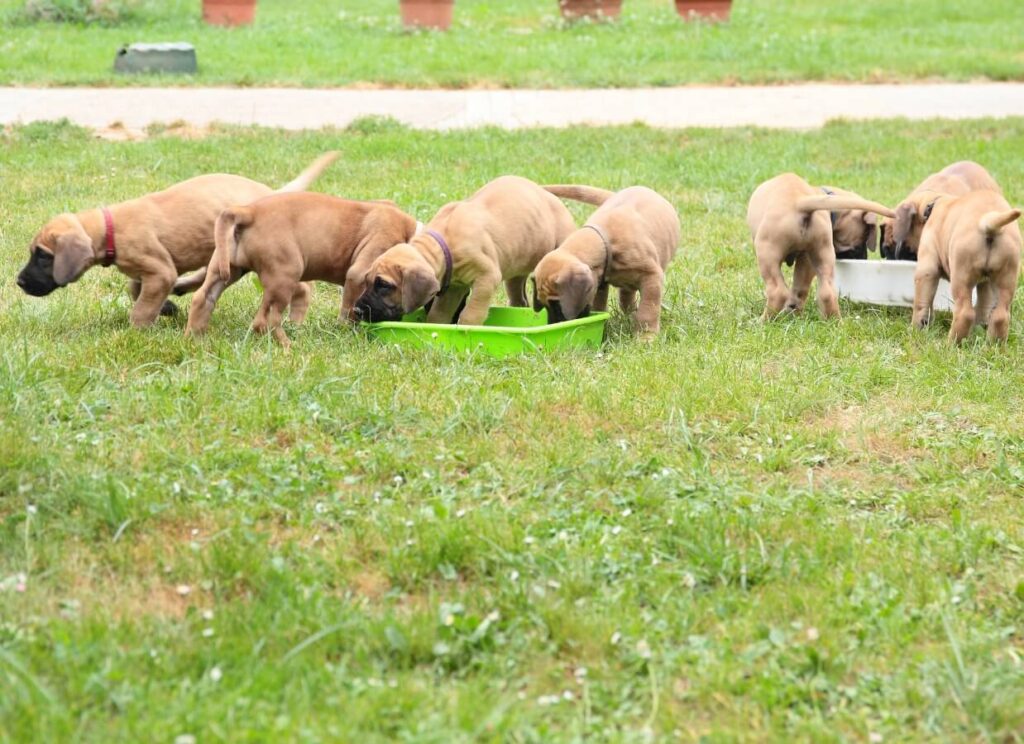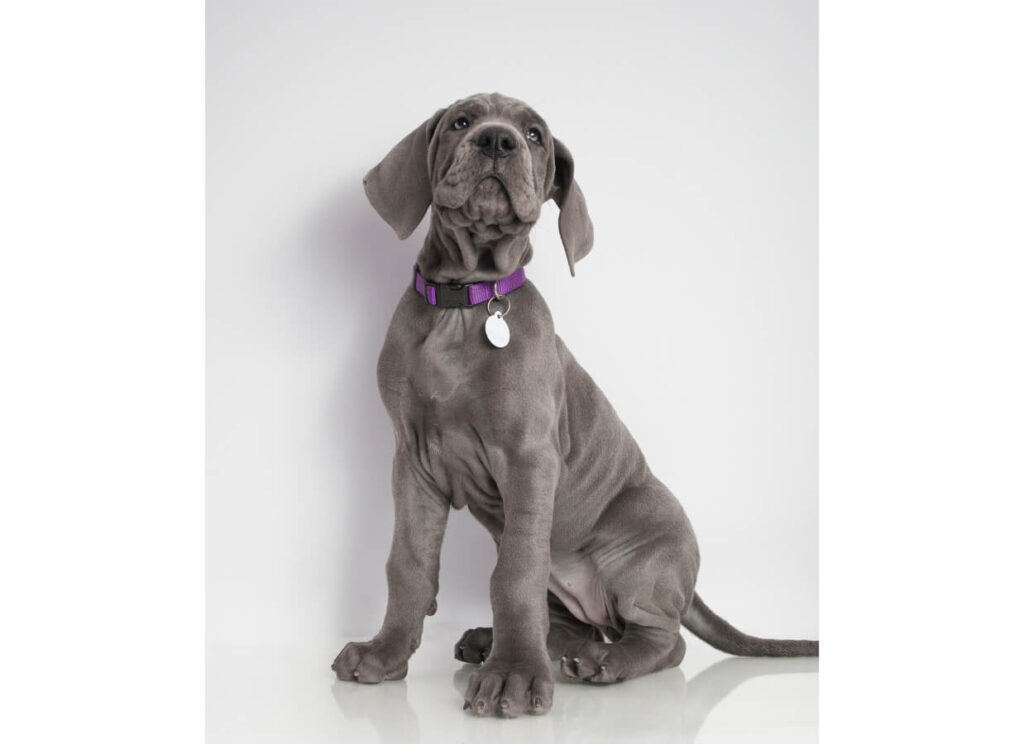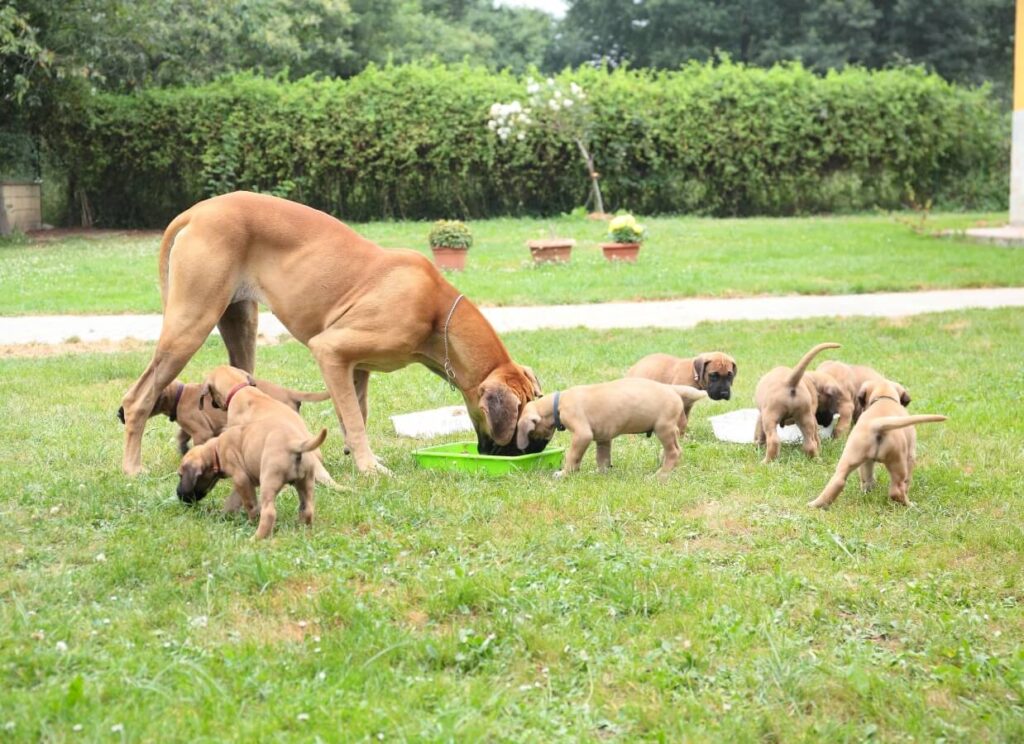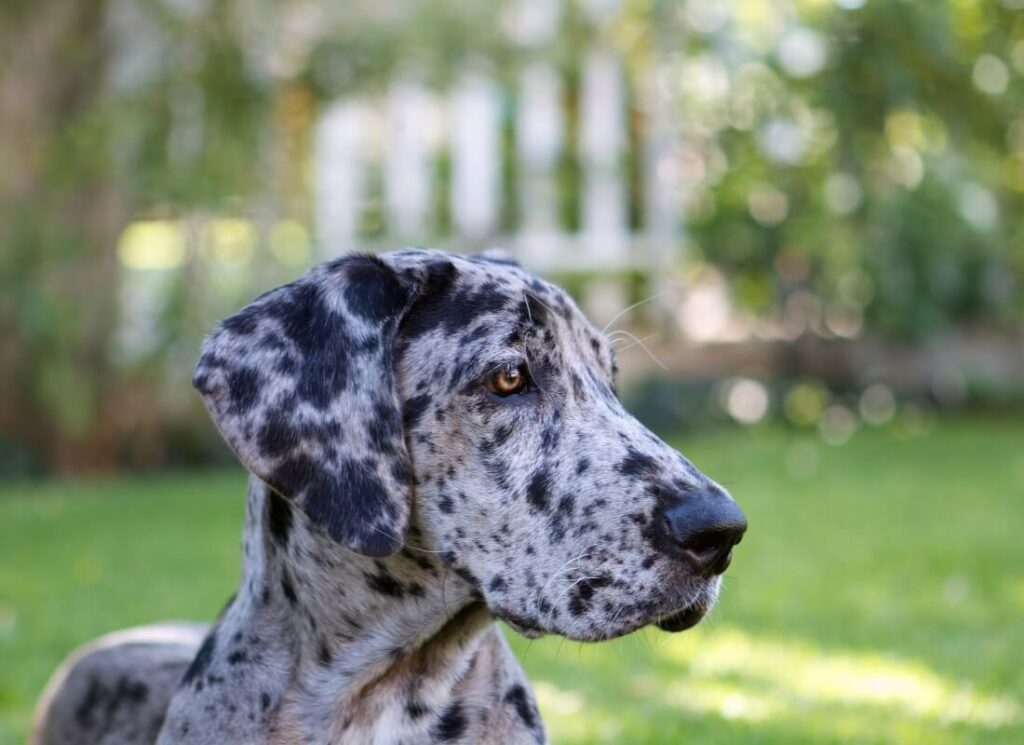We talk a lot here about Great Dane breeders because we believe it’s important to advocate for this breed.
If you are looking for a Great Dane Puppy, start here! We want to show you how to find and choose an ethical Great Dane breeder.
[/et_pb_text][/et_pb_column][/et_pb_row][et_pb_row _builder_version=”4.7.7″ _module_preset=”default”][et_pb_column type=”4_4″ _builder_version=”4.7.7″ _module_preset=”default”][et_pb_testimonial portrait_url=”https://www.hellodanes.com/wp-content/uploads/2020/11/70x70da.png” _builder_version=”4.7.7″ _module_preset=”default” background_color=”rgba(208,219,216,0.53)” saved_tabs=”all”]Quality Great Dane Breeders are PROUD of their dogs!
They are proud of the dogs that they breed and they are proud of their puppies.
[/et_pb_testimonial][/et_pb_column][/et_pb_row][/et_pb_section][et_pb_section fb_built=”1″ _builder_version=”4.6.5″ _module_preset=”default”][et_pb_row column_structure=”1_2,1_2″ _builder_version=”4.6.5″ _module_preset=”default”][et_pb_column type=”1_2″ _builder_version=”4.6.5″ _module_preset=”default”][et_pb_text _builder_version=”4.7.7″ _module_preset=”default”]BREEDER RED FLAGS
[/et_pb_text][et_pb_text _builder_version=”4.7.7″ _module_preset=”default”]When you are researching breeders, immediately run from any breeder that:
[/et_pb_text][et_pb_text _builder_version=”4.7.7″ _module_preset=”default”]- Won’t allow you to meet the parents, or at least view them in a live video chat.
- Won’t tell you all about their Great Danes, including honest information about their temperament and health.
- Won’t allow you to view and research the genetic lineage or ask questions about it.
- Won’t be willing to share references or allow you to chat with other puppy owners.
- Doesn’t proudly show off their puppies, the parents, and the puppies they’ve bred that are grown up.
- Breeds unhealthy dogs and/or spot-to-spot (causes double-merle puppies).
WITHOUT EXCEPTION
[/et_pb_text][et_pb_text _builder_version=”4.7.7″ _module_preset=”default”]- The parents should be free of aggression, resource guarding, nipping and growling.
- The parents should be free of fearful behavior. Well bred Great Danes are confident, curious, friendly and courageous, not timid or aloof.
- The parents should be well-kept with shiny coats, clean teeth, good muscle development and properly maintained nails.
- The parents should be well trained and have manners that exemplify the ideal gentle friendly giant.
- The parents should be bright and energetic, not slow, painful or sad.
[/et_pb_text][et_pb_testimonial portrait_url=”https://www.hellodanes.com/wp-content/uploads/2020/11/70x70da.png” _builder_version=”4.7.7″ _module_preset=”default” background_color=”rgba(208,219,216,0.53)” saved_tabs=”all”]
Only well-bred Great Danes should be used for breeding! Unhealthy, fearful, aggressive dogs with poor structure should never be used in a breeding program. Any breeder that isn’t proud to show off their Dam & Sire to you is a breeder you should be wary of.
[/et_pb_testimonial][/et_pb_column][/et_pb_row][et_pb_row _builder_version=”4.7.7″ _module_preset=”default”][et_pb_column type=”4_4″ _builder_version=”4.7.7″ _module_preset=”default”][et_pb_wc_related_products product=”3448″ _builder_version=”4.7.7″ _module_preset=”default”][/et_pb_wc_related_products][/et_pb_column][/et_pb_row][/et_pb_section][et_pb_section fb_built=”1″ _builder_version=”4.7.7″ _module_preset=”default” background_color=”rgba(44,127,117,0.03)”][et_pb_row column_structure=”3_5,2_5″ _builder_version=”4.7.7″ _module_preset=”default”][et_pb_column type=”3_5″ _builder_version=”4.7.7″ _module_preset=”default”][et_pb_text _builder_version=”4.7.7″ _module_preset=”default”]ETHICAL BREEDERS OFTEN TITLE THEIR DOGS
They may show their dogs, take them to training classes so they can get their CGC (Canine Good Citizen), Rally (obedience), Trick, Parkour or other similar titles.
Some breeders do not show or title their dogs at all which may or may not be a red flag.
As a general rule, however, Great Dane Breeders that are active with their dogs tend to be better advocates for health, structure and the breed as a whole.
[/et_pb_text][/et_pb_column][et_pb_column type=”2_5″ _builder_version=”4.7.7″ _module_preset=”default”][et_pb_image src=”https://www.hellodanes.com/wp-content/uploads/2020/12/babyfigfinal-1-of-1.jpg” title_text=”babyfigfinal (1 of 1)” _builder_version=”4.7.7″ _module_preset=”default”][/et_pb_image][/et_pb_column][/et_pb_row][/et_pb_section][et_pb_section fb_built=”1″ _builder_version=”4.6.5″ _module_preset=”default”][et_pb_row column_structure=”1_2,1_2″ _builder_version=”4.6.5″ _module_preset=”default”][et_pb_column type=”1_2″ _builder_version=”4.6.5″ _module_preset=”default”][et_pb_image src=”https://www.hellodanes.com/wp-content/uploads/2020/11/Copy-of-Copy-of-Copy-of-Untitled-3.png” title_text=”Copy of Copy of Copy of Untitled (3)” _builder_version=”4.7.7″ _module_preset=”default”][/et_pb_image][/et_pb_column][et_pb_column type=”1_2″ _builder_version=”4.6.5″ _module_preset=”default”][et_pb_text _builder_version=”4.7.7″ _module_preset=”default”]BREED STANDARD
[/et_pb_text][et_pb_text _builder_version=”4.7.7″ _module_preset=”default”]The parents should be excellent examples of the written breed standard.
The dogs they are breeding should not have bad hips, roached backs, extremely droopy eyes or flat feet, however this is extremely common.
They should not be excessively heavy or refined, and they should have a well-balanced structure that is built to support their size.
Be wary of breeders that are focused on buzz words such as ‘designer/rare color’, ‘Euro champion’, and ‘vet checked’. These breeders may not have the best interest of the dogs health in mind.
[/et_pb_text][/et_pb_column][/et_pb_row][/et_pb_section][et_pb_section fb_built=”1″ _builder_version=”4.7.7″ _module_preset=”default” background_color=”rgba(44,127,117,0.03)”][et_pb_row column_structure=”3_5,2_5″ _builder_version=”4.7.7″ _module_preset=”default”][et_pb_column type=”3_5″ _builder_version=”4.7.7″ _module_preset=”default”][et_pb_text _builder_version=”4.7.7″ _module_preset=”default”]A VET CHECK IS NOT HEALTH TESTING
Ethical Great Dane breeders are proud of the health of their dogs and do not hesitate to complete and share the results of FULL OFA health testing on all of their dogs.
Many ‘breeders’ will skip this step because it’s expensive and may produce results that prove they should not breed a dog that they own.
Run from any breeder that does not do full OFA health testing of their dogs. At minimum, you need to see that they have good or excellent results for hips, elbows, heart, eyes and thyroid.
[/et_pb_text][/et_pb_column][et_pb_column type=”2_5″ _builder_version=”4.7.7″ _module_preset=”default”][et_pb_image src=”https://www.hellodanes.com/wp-content/uploads/2020/12/50.jpg” title_text=”50″ _builder_version=”4.7.7″ _module_preset=”default”][/et_pb_image][et_pb_button button_url=”https://www.hellodanes.com/what-is-ofa-health-testing/” url_new_window=”on” button_text=”WHAT IS OFA HEALTH TESTING?” button_alignment=”left” _builder_version=”4.7.7″ _module_preset=”default”][/et_pb_button][/et_pb_column][/et_pb_row][et_pb_row _builder_version=”4.7.7″ _module_preset=”default”][et_pb_column type=”4_4″ _builder_version=”4.7.7″ _module_preset=”default”][et_pb_text _builder_version=”4.7.7″ _module_preset=”default”]Outside of the U.S., OFA may not be the registry that is used. This doesn’t negate the requirement that breeders should be completing x-rays, echocardiograms, eye tests and blood work for all of the dogs that they breed.
[/et_pb_text][/et_pb_column][/et_pb_row][/et_pb_section][et_pb_section fb_built=”1″ _builder_version=”4.7.7″ _module_preset=”default”][et_pb_row column_structure=”1_2,1_2″ use_custom_gutter=”on” admin_label=”CTA Row” _builder_version=”3.25″ custom_margin=”-18px|auto||auto||” custom_padding=”|||”][et_pb_column type=”1_2″ _builder_version=”3.25″ custom_padding=”|||” custom_padding__hover=”|||”][et_pb_image src=”https://www.hellodanes.com/wp-content/uploads/2020/12/20.jpg” title_text=”20″ align_tablet=”center” align_phone=”” align_last_edited=”on|desktop” _builder_version=”4.7.7″][/et_pb_image][/et_pb_column][et_pb_column type=”1_2″ _builder_version=”3.25″ custom_padding=”|||” custom_padding__hover=”|||”][et_pb_text admin_label=”Title” _builder_version=”4.6.1″ text_font=”Muli|600|||||||” text_font_size=”18px” text_line_height=”1.8em” header_2_font=”||||||||” header_2_font_size=”45px” header_2_line_height=”1.1em” max_width_last_edited=”off|desktop” custom_margin=”70px|||-100px|false|false” custom_margin_tablet=”0px|||0px” custom_margin_phone=”” custom_margin_last_edited=”on|tablet” custom_padding=”|||” custom_padding_last_edited=”off|desktop” header_2_text_align_tablet=”center” header_2_text_align_phone=”” header_2_text_align_last_edited=”on|tablet” header_2_font_size_tablet=”50px” header_2_font_size_phone=”40px” header_2_font_size_last_edited=”on|tablet”]Educate, advocate, rescue, foster, adopt.
[/et_pb_text][et_pb_text admin_label=”Paragraph” _builder_version=”4.6.1″ text_font_size=”16px” text_line_height=”2em” header_font=”||||||||” header_2_font=”Muli|700|||||||” header_2_font_size=”50px” header_2_line_height=”1.4em” text_orientation=”justified” max_width_last_edited=”off|desktop” module_alignment=”right” custom_margin=”|||” custom_padding=”|||” custom_padding_tablet=”30px|0px|30px|0px” custom_padding_phone=”” custom_padding_last_edited=”on|tablet”]Advocacy for Great Danes means supporting rescue efforts, fostering, and only choosing truly ethical breeders.
Anything else is supporting an industry where the health and welfare of the Great Danes we love is not considered.
[/et_pb_text][et_pb_button button_url=”https://www.hellodanes.com/find-a-great-dane-breeder/” url_new_window=”on” button_text=”FIND AN ETHICAL GREAT DANE BREEDER” button_alignment_tablet=”center” button_alignment_phone=”” button_alignment_last_edited=”on|tablet” _builder_version=”4.7.7″ custom_margin=”|||” custom_margin_tablet=”30px|||0px” custom_margin_phone=”” custom_margin_last_edited=”on|phone” custom_padding=”|||” button_border_radius_hover=”0px” button_text_size__hover_enabled=”off” button_one_text_size__hover_enabled=”off” button_two_text_size__hover_enabled=”off” button_text_color__hover_enabled=”off” button_one_text_color__hover_enabled=”off” button_two_text_color__hover_enabled=”off” button_border_width__hover_enabled=”off” button_one_border_width__hover_enabled=”off” button_two_border_width__hover_enabled=”off” button_border_color__hover_enabled=”off” button_one_border_color__hover_enabled=”off” button_two_border_color__hover_enabled=”off” button_border_radius__hover_enabled=”on” button_border_radius__hover=”0px” button_one_border_radius__hover_enabled=”off” button_two_border_radius__hover_enabled=”off” button_letter_spacing__hover_enabled=”off” button_one_letter_spacing__hover_enabled=”off” button_two_letter_spacing__hover_enabled=”off” button_bg_color__hover_enabled=”off” button_one_bg_color__hover_enabled=”off” button_two_bg_color__hover_enabled=”off”][/et_pb_button][/et_pb_column][/et_pb_row][/et_pb_section][et_pb_section fb_built=”1″ _builder_version=”4.7.7″ _module_preset=”default”][et_pb_row _builder_version=”4.7.7″ _module_preset=”default”][et_pb_column type=”4_4″ _builder_version=”4.7.7″ _module_preset=”default”][et_pb_wc_related_products product=”3189″ _builder_version=”4.7.7″ _module_preset=”default”][/et_pb_wc_related_products][/et_pb_column][/et_pb_row][/et_pb_section]
